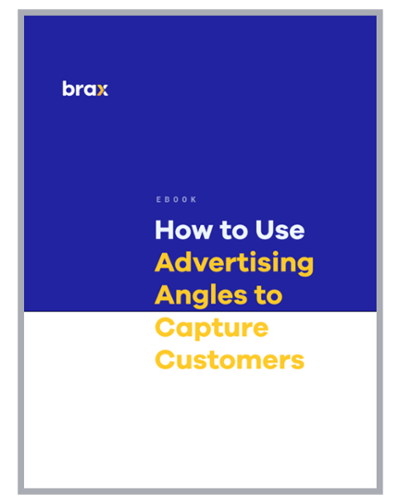A big part of marketing relies on being able to pinpoint your target audience, where they visit the most online, and knowing the ways to get their attention in order to convince them to at least take a look at what you have to offer. The most challenging part is often convincing them to buy your product or subscribe to your service.
How come this seems so easy for other businesses? How come they are able to attract audiences that convert into paying customers? The best way to give yourself a fighting chance at winning them over is by finding the right angle.
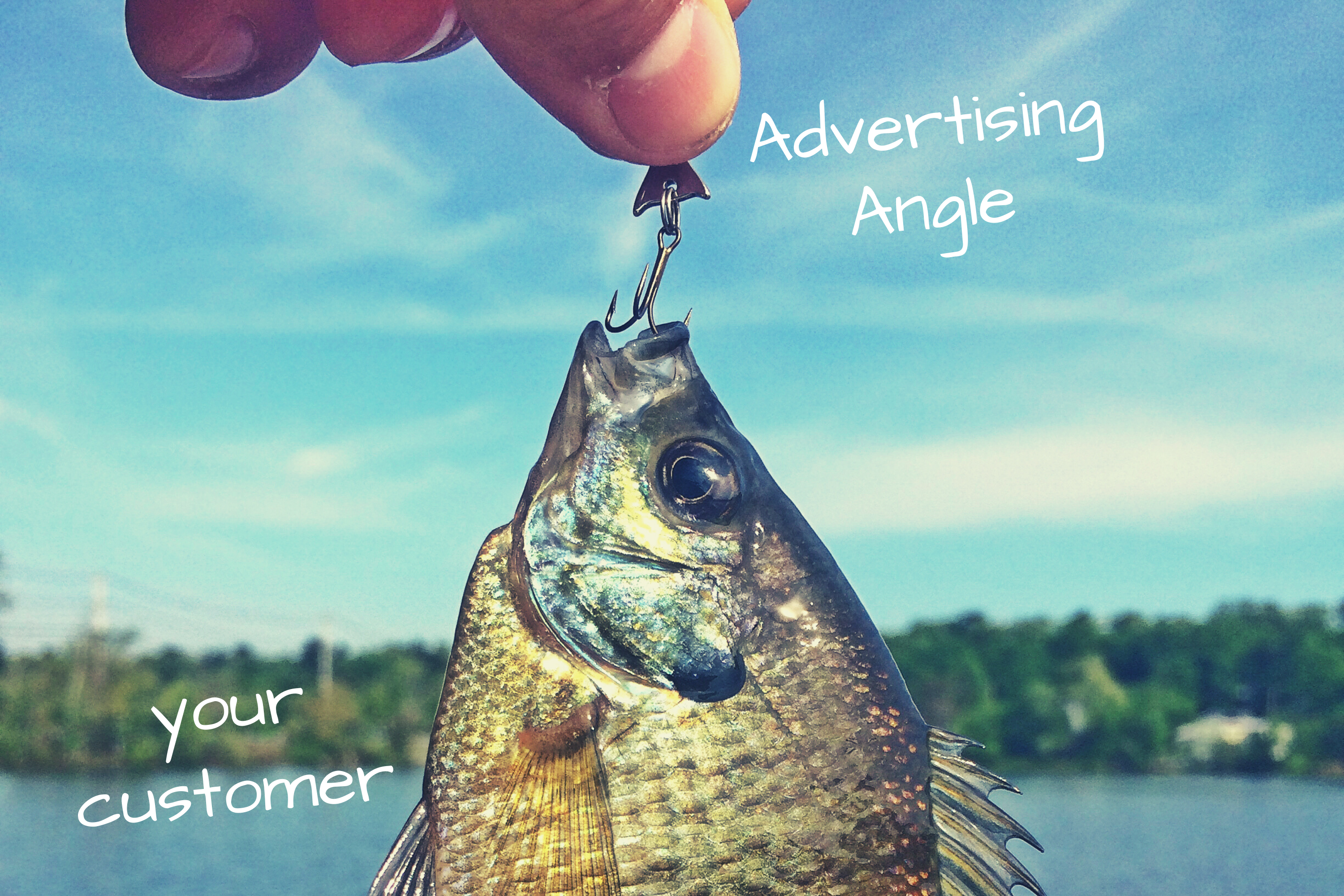
When advertising is done right, it should significantly boost your profits. However, getting your audience to view your advert is one thing (click-thru), and giving them a reason to accept your offer is another (conversion).
Successful copywriting mostly depends on how well you understand psychology, and this could take years of experience to learn and execute accurately. For this reason, getting your audience to take action on your advert can be challenging if you don't have a good experience in marketing.
To give audiences a reason to follow through with your offer, you must make use of the right advertising angle to tap into the emotions of the viewers. But what are advertising angles, and how can you use them?
Table of Contents
How Do Advertising Angles Work?
What are the Benefits of Good Advertising Angles?
How to Create and Use Advertising Angles Successfully
Choose Your Demographics and Research on It
Put Yourself in the Shoes of your Audience
Leverage on Emotions and Use the Theory of Life Force 8
Learn from Bigger Companies and Improve on What Has Already Worked
Integrating Your New Angles to Your Marketing Campaigns
14 Types of Marketing Angles You Can Try
What Are Advertising Angles?
An advertising angle is an approach taken to spread a message about an offer to potential customers. Angles spread messages about various kinds of offers and make promotional campaigns more perceivable by potential buyers according to their inclination. The fundamentals of angles include not only defining and achieving objectives, but also finding the best way to interact, influence, and sway customers into agreeing.
If you feel all that is needed to generate conversions is a traffic source and a good landing page, then you're in for some disappointment! If you go this route, you’ll actually be sabotaging your conversions.
Without an effective angle in place, you would only be promoting an offer to no avail. Populating creatives such as landing pages and ads that contain disjointed content will not be successful in generating leads, let alone purchases.
An advertising angle binds the various elements of marketing together and helps you connect people with the campaign you're promoting.
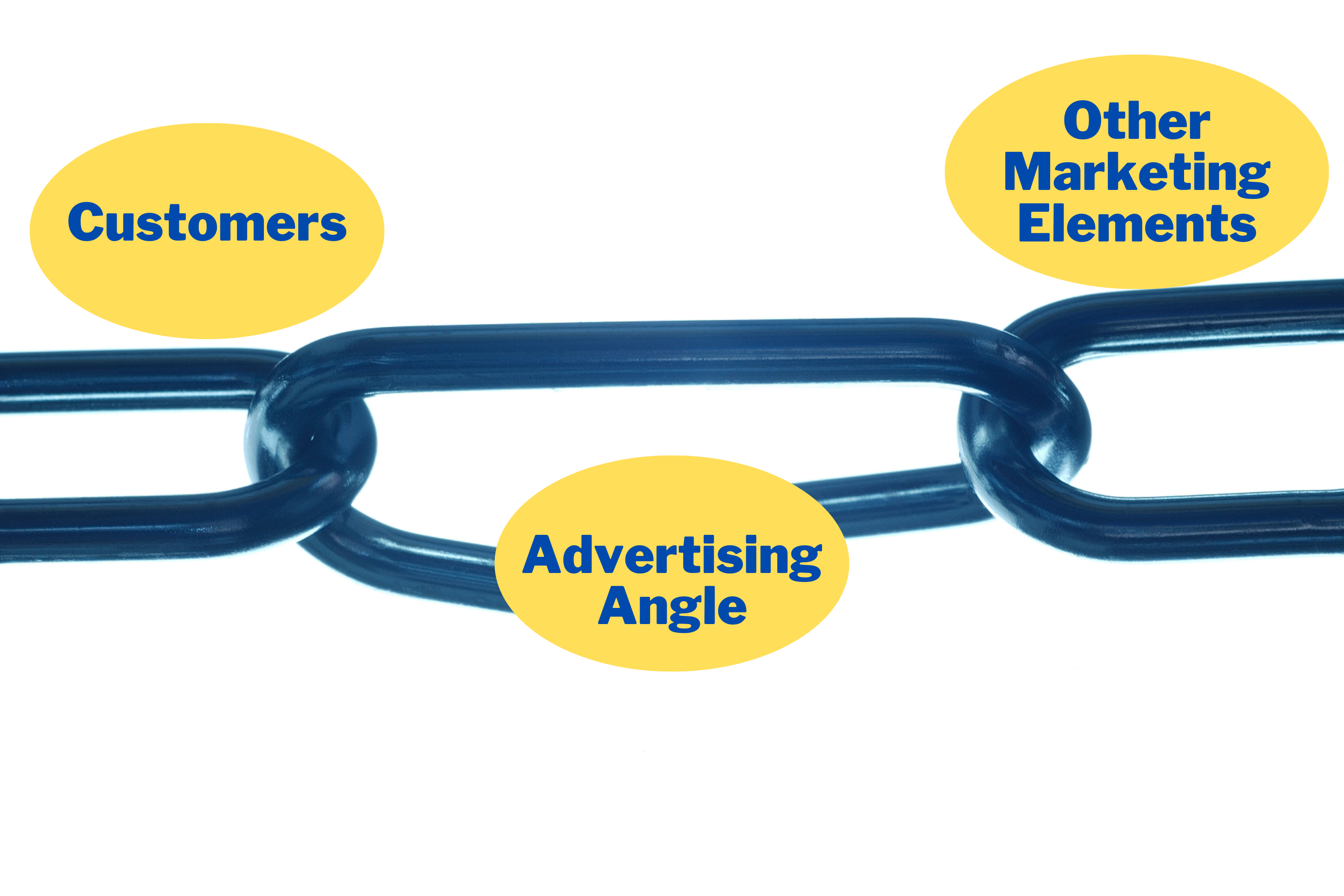
With angles, you can come up with different strategies for building legitimate and convincing selling messages to reach out to targets and lead them towards conversion.
When creating your affiliate marketing angle, you should always do so carefully and with prospects in mind for it to be effective. Marketing angles must be able to do the following:
- speak the language of the targeted audience,
- give answers to important concerns, or
- provide a persuasive reason to take the action that you want them to.
Your advertising angle is a chance to give a brief insight into the idea behind your promotion and connect it with prospects. Getting it wrong can cost you sales. Promoting a product or service through an angle that is clear, coherent, and unique is the best way to entice your prospects to engage.
Attractive advertising angles work because they connect deeply with the target audience and create urgency.
How Do Advertising Angles Work?
To catch your consumers’ interest and persuade them, a unique advertisement approach or plan needs to be created. It must come with a means of expressing information about the goods and services to prospective clients in the best and most informative way.
Marketing Angles work by touching on a specific interest or pain point, instead of blatantly showing all of the features of a product or service. If you’ve been in the business of marketing long enough, you’d know that it’s the benefits of the offer that make it enticing. It’s how it can solve a specific problem which piques your customer’s interest.
Advertising Angles are born by:
- looking into the benefits,
- cross-referencing them against a single segment of your target market,
- and then creating ad campaigns specifically for this combination.

When developing an advertising angle, you not only think of the methods to meet your customers’ needs. You should also think of other business considerations such as the overall budget, the efforts you need to put forth to recognize the brand, the overall goals (such as enhancing the public image), and your target growth in market share.
Some factors that need to be considered when developing advertising angles include the following:
- target audience
- advertising objectives and goals
- message strategy and tactics
- advertising budget
- advertising type (can be paid or organic; if paid, can be social media ads, banner ads, native ads, pop-up ads and more)
- evaluation of possible outcomes among prospective customers.
Your marketing angles should be deliberately built with the target persona in mind and directed at speaking to the customers, listening to their questions, or offering a strong reason to take the beneficial action that you've provided.
These angles work so well because they leverage on the feelings and emotions of users. Good advertising angles resonate with people and generate motivation, appetite, and excitement to take up the offer you've provided to satisfy a need. This happens without the target audiences even realizing that the concept was placed in their minds.

Taking an emotional approach to boost the performance of affiliate advertisement involves making customers feel something, dream, worry, or fear being left behind or losing what they desire.
Advertising angles involve leveraging these sensations and emotions and directing the users towards purchasing specific goods and services.
A good advertising angle should meet the following:
-
Create a problem or issue in the target's heads, and then provide the answer.
Any goods or services you advertise should solve a problem that has solutions that are not readily available to the consumers. This creates a lasting impression on the targets' minds.
-
Make conditions simple.
After attracting your targets' attention, eliminate all possible obstacles for completing conversion by explaining and illustrating how convenient and trouble-free it is to solve the problem. In essence, this ensures transparent policies.
Everyone likes it simple. No one wants to work harder if there's an easy approach that yields the same or better results.
This also applies to how easy it should be to have access to the offer.
-
Give your targets a benefit.
There should ALWAYS be a benefit attached to your marketing campaigns. Your advertisement's major source of attraction, for example, could be that your product saves time or money. This would easily attract people who want to save money or want something done quickly.
-
Show that there’s little to no risk.
You can do this by giving free trials or samples to consumers, so your targets won't think they're taking a risk by purchasing your goods or service. It's important to state the value of your products and what they would get if they buy it. People don't like using their resources to take chances.
-
Build a sense of urgency.
You can do this by making it known to your targets that they may miss a time-sensitive deal or that there’s a limited supply. If immediate action is not taken towards the offer, they might lose it.
Limited-time deals are hard to refuse because people don't want to lose out, so it encourages consumers to act quickly. Read our article the Principle of Urgency to master this advertising style.

Your marketing angle must be able to hook your audience from start to finish. Remember that consistency is key.
You should be able to capture your audience’s attention with your headline, image or video, resulting in a click. Then you must be able to maintain this attention by following through with the promise you made on the previous step. This can be evaluated by how long your viewer stays in your landing page, and if this view eventually turns into a lead or a conversion.
What are the Benefits Of Good Advertising Angles?
As you may have already learned so far, a good advertising angle can capture your audiences’ attention. But what else can you benefit from it? Here are some of the advantages of using marketing angles depending on how you create one.
-
Brand Awareness
Advertisement raises brand awareness. Getting a good advertising angle that appeals to your targets would increase the awareness of a brand or its newly introduced products or services.
It could also demonstrate strategic advantages by introducing additional innovations and upgrades to current products or services of the brand. This could further increase the influence of your brand and the trust your customers have in it.
-
Educating your prospective targets
While brand awareness gives customers knowledge of your offers, the education aspect helps them understand what it’s all about. What is your product all about? How can it help them or why should they get one?
Advertising angles are designed to inform your targets about the type of goods or services you're offering. When your targets are convinced about your products, they will be motivated to complete a purchase.
Video advertising angles on Facebook, YouTube, Whatsapp, and even native video ads on websites, can be used to educate targets on the importance of the specific products.
-
Stand out from the competition
In a situation where there are similarities in the products or services sold by various brands, choosing a great advertisement angle would be powerful enough to differentiate your products from that of your competitors.
Advertisements are efficient means of attracting your targets, so choosing the perfect angle for your brand would make you stand out.

-
Attract current & potential customers
Advertising angles play the role of enticing current and potential customers to accept your offer. This is often used when retargeting audiences who have seen the offer but was otherwise disinterested with how it was presented the first time.
It also helps in growing a business followers' base for interested audiences on suitable social media channels. Advertising angles aims to attract and encourage consumers and prospects, and by clearly stating the importance of your goods or service, your offer may become hard to resist.
To expose your offer to current and potential customers, you can make direct mail promotions, local television advertisements, or active internet advertisements while building up your client base. If what your ad angle sells appeals to your target, you can effectively broker the opportunities through your optimized website.
-
Increase in Leads and Sales
One of the main benefits of effective advertising angles is an increase in leads, sales, and profits made.
An effective advertising angle would promote the brand's marketing products as well as boost their mailing list, create a social media buzz, and generate purchases. A well-angled ad can lead to securing a huge profit.
How To Create And Use Advertising Angles Successfully
If you don't frame your campaign in such a way that it connects to users, it most likely won't be successful.
An important key to successful advertising is to able to come up with novel and effective angles for new campaigns. The process of consistently creating engaging angles is a skill you must develop from this point on.
Although there is no exact way to come up with advertising angles, there are few tips you could employ to create effective angles that will quickly attract your target audience:
1. Choose The Right Niche
The process of coming up with a great marketing angle begins before even choosing a campaign.
The first step to take in getting a marketing angle right is to choose the niche market you want to fit your offer in.

A niche is a segment of the market that you want to focus on based on either categories, demographics, or a combination of the two.
Your offer is a niche of its own, getting another niche to cross-match may seem daunting! However, the more you understand how it works, the easier it will become later on.
Although you can create engaging angles for any niche, some may turn out to be more challenging than others depending on how knowledgeable you are in that area. There is a good chance that you would have an easier time creating angles if you focus on a niche that you already have good knowledge about.
Let us be clear, though. You are not making a new product or service, you will only be using the niche as an advertising angle to approach your target market.
However, when choosing a niche, it's always best to select one that you're passionate about or already familiar with.
When you're already familiar with a niche, it gives you an edge over other marketers without prior knowledge because you'd have a better understanding of the offer and what appeals to the audience.
For example, if you have a good understanding of health-related topics as medical or medical-related personnel and you choose Health as your niche, you will most likely come up with more engaging angles than someone who has little or no idea about it.
This is because you know the market inside out and are in a better position to decipher the ways ads can be tweaked to appeal to the market. Not only will your knowledge help you create better advertising angles, but also better ads and landing page copy as everything would come to you more naturally.
If you're still finding it difficult to decide on the right niche for you, you can use the following tips to arrive at the best one for you:
-
Pinpoint what you're interested in and passionate about
When identifying your passions and interest, it always helps to create a list of ten current interests and passion areas. Running a business is difficult and will test you at some point.
If the area in which you're working is something you have no interest in, the probability of quitting will be higher, especially if it's your first business. Your passion area may not necessarily be a perfect fit, but as long as you're passionate about some aspects of running the business, you will find it less challenging to stick with it.
To help you determine what your interests and passions are, ask yourself the following questions:
- What do you enjoying doing with your free time, and what do you look forward to when you aren't doing it?
- What reads do you enjoy and subscribe to?
- What topics do you enjoy learning about the most?
- What organizations and clubs are you a member of?
-
Spot problems you can solve
Now that you have your list of ten topics of interest, you can begin to narrow down your options. Identify the problems of your target customers and determine how well you can solve them or if you can at all, using your expertise or niche.
There may be a hundred other ways to use your product or service to solve your customers’ problems, but keep in mind that we want to “use” your niche choice to solve the problem. With this, solving your customers’ concerns narrows down to just a couple. Start with that!
When identifying problems in specific areas, you can do the following:
- Have person-to-person conversations or sessions with your target audience and extract ideas from them. For this to work, you must make sure you find or create a structure for asking questions that reveal the audiences' pain points.
- Browse through forums such as Quora or any other forums related to your niche and observe the discussions that are taking place. From there, you should be able to identify what people are asking and what problems they have.
- Make use of tools like Google AdWords and Google Trends to research and explore different keyword combinations. Doing this will help you to reveal common search terms related to your audience's pain points.
-
Examine your competition
The presence of competition should not discourage you because it often stands as a good sign that the niche you want to use as an angle is profitable.
Nevertheless, it would be best if you examined your competitors thoroughly. You can start by creating a spreadsheet with logs of all the competing sites you can find, then determine whether you stand a good chance of being unique in the midst of so many.

Ask yourself if you can still obtain ranking for your keywords and if there is a way to stand out and create a distinctive offer. Or if you’re not aiming for organic ranking, if you can still make your offer distinct out of all the ads being shown to your potential customers.
Here are signs that you can still work with a niche even with so much competition:
- Mediocre content: You can work in a niche and easily outrank your competition if the content created by other business owners are not of high quality in terms of detail that serves the audience.
- Inadequate transparency: It is possible to create a huge gap between your business and others in the same niche by presenting your brand as authentic and transparent. Being as transparent as possible works well in niches where competing sites are overly corporate and faceless.
- Lack of paid competition: If the keywords you arrived at are searched very regularly, but with the lack of paid adverts and the presence of little competition, then there is a good chance you could still stand out.
The profitability of your offer depends on how well you use your choice of niche to promote it. Now, let’s go for an example in using a niche for your marketing angle.
Niche as Advertising Angle
- Example #1
- Your offer: a weight loss product
- Your niche: health niche, particularly about infections and diseases
- A potential advertising angle: Losing weight helps boost strength and immunity
- Example #2
- Your offer: a bitcoin offer
- Your niche: wedding celebrations
- Your advertising angle: Groom earns $25,000 for his wedding party in just 10 days
2. Choose Your Demographics And Research On It
Demographics of your audience have a huge impact on the effectiveness of your ad’s angle. When you don't consider demographics and the sentiments involved, your marketing campaign may turn out to be a disaster. Factors of demographics give direction on the angle you take in marketing your product or service.
Here, whatever you are offering should be made more comprehensive and targeted. For example, if you are on the weight loss niche, you will have to determine who your offer is tailored towards, as this will largely dictate what it is you will be communicating.
If you are in affiliate marketing, chances are the advertiser already has a target demographic. Take a closer look at what your affiliate network dictates before running campaigns to make sure you are compliant.
Since your target demographics have such a huge role to play in your message theme, it is essential to carry out research to gain a better understanding of what appeals to them. This comes in especially useful when you don't have a lot of experience in promoting your offer’s niche.
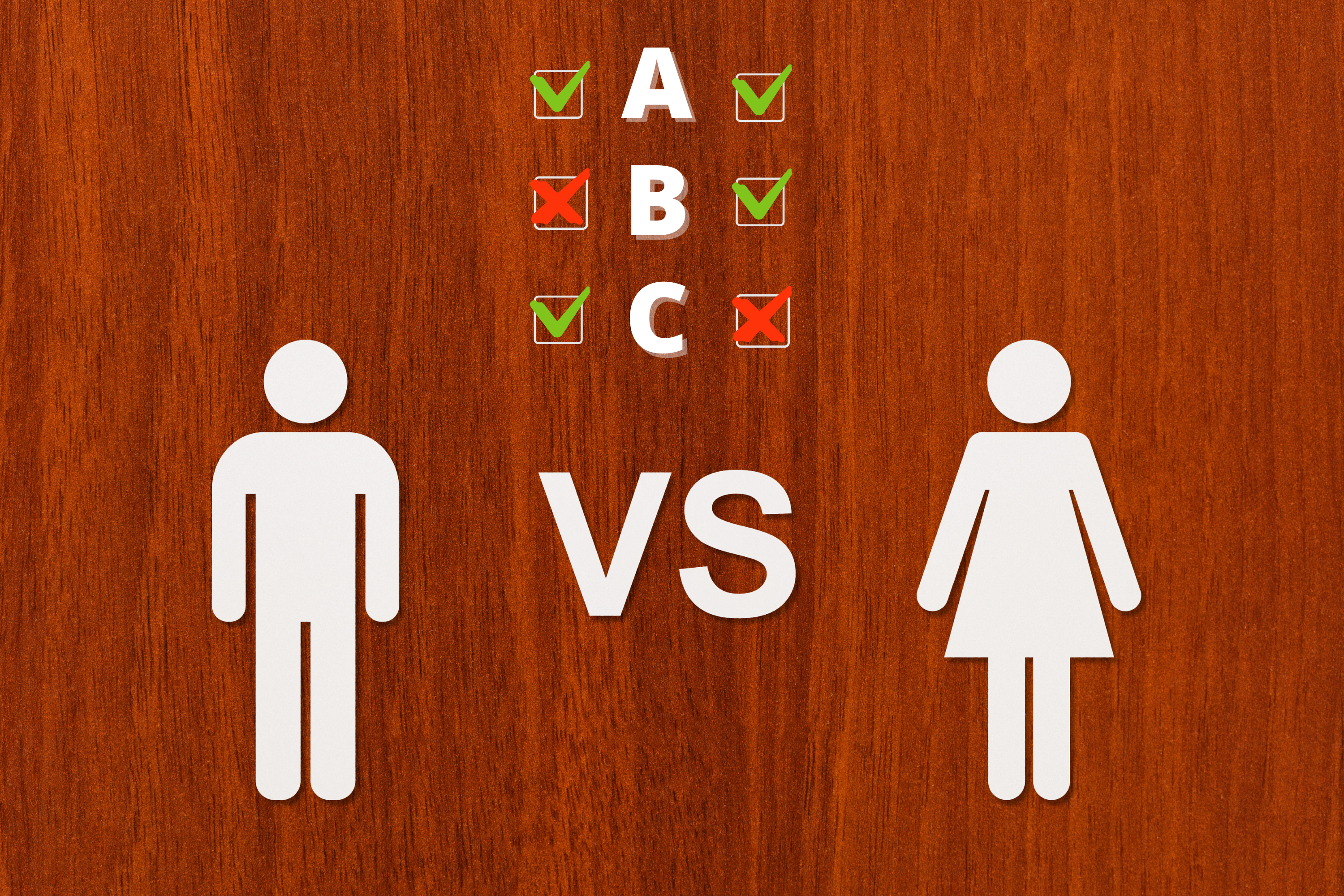
The two major demographics most marketers have to consider are gender and age. Below is a brief explanation on how gender and age affect marketing angle in specific niches:
-
Gender
Gender plays a vital role in your marketing venture, because if your advert doesn't appeal to the emotions of either the male or the female customer, then you most likely won't achieve anything. In some areas, targeting by gender is as different as night and day.
Every marketer needs a good understanding of what men and women like to choose the right angles for their offer.
Example #1: For weight loss products.
If you're dealing in the weight loss niche, then you should understand some things about how human beings store fat. Men and women store up excess fat differently and in varying parts of their bodies. While men mostly store fat in the upper body or abdomen, women typically store a higher amount of fat in their lower part of the body.
This difference in bodily functions translates into different insecurities and motives in both genders. When your advertising angle reflects facts like this, your odds of instantly appealing to your audience is greatly improved.
Example #2: For the automotive industry
Another example can be seen in how women and men buy cars. A study has shown that men and women clearly have different preferences when choosing a car.
While men tend to pay more attention to the product's usefulness, technical specifications, how it works, and status symbols, most women are simply interested in how affordable it is and what the product will do.
If you are a male creating an advertising angle for a female audience and vice versa, you should try seeking the opinion of the opposite gender to get more insight.
-
Age
The motivation behind purchasing certain products may differ according to age. There are simply differing priorities at different times in a person’s life.
Example #1: For weight loss niche.
The inspiration behind weight loss for someone in their 20s would most likely differ from that of a person in their 60s. A twenty-four-year-old is more likely to be concerned about a healthier-looking experience in order to appear more desirable and attractive to the opposite sex.
A sixty-four-year-old, on the other hand, is more likely to be concerned about improving and maintaining their health when undergoing a weight loss plan, over appearing more desirable. If your target audience in this niche is middle-aged females, then your advertising angle must tap into their desire to look more attractive.
Example #2: Baby diapers.
When advertising a product such as a baby diaper, think about the different age groups. When creating an advert for younger parents who are about to have a baby or have recently had one, you should make use of angles that let them know how helpful it can be for their babies in terms of softness, no rashes, and is eco-friendly. Younger couples tend to be more environmentally conscious.
The scenario would most likely be different in the case of older couples who are having their second or third child. They are more concerned about the price, hypoallergenic features, and ease of use.
3. Put Yourself In The Shoes Of Your Potential Customer
Putting yourself in the shoes of your audience is an effective way to come up with great advertising angles that speak to them. Since you buy products and subscribe to services all the time, you should use your own behaviors and desires to decipher what your audiences would want to see and hear.
If you're dealing with a tech gadget campaign, then think about the qualities of the product you personally find attractive. And if you're working in the travel niche, think about what you wish went smoother the last time you booked a trip.
It may be difficult to put yourself in the shoes of your target consumers when you have no experience using a product in the niche. You can get more insight into what consumers want by asking people who have had some user experience.
Example: Insurance offer
If you're promoting an insurance offer but know nothing about it, you can ask someone – a friend or family member, who knows insurance. Ask simple but targeted questions like how the insurance agent convinced him, what benefits they like the most, what doubts they had initially, and so on, just so you can get a clearer image of what points to focus on.
In addition to inquiring about personal experiences, use the power of your imagination to get a sense of what your audience may like to see. You can read about what people tend to like or dislike from different platforms.
When you think like a customer, you automatically begin to see the product in a different light and focus more on how the customer will benefit from the product than its impressive technical features.
4. Leverage on Emotions and Use The Life Force 8
The effectiveness of an advertising angle depends on how well you appeal to people. Producing an engaging angle becomes easier once you have a good understanding of basic human desires.
Our emotions are the main driving force of our buying decisions. It could be that we are afraid of missing out on an offer, lusting for a great body, or greedy for more money. These are raw emotions that many marketers are capitalizing on.

Life Force 8, as described by Drew Eric Whitman in his book titled Cashvertising, describes the eight fundamental human instincts that are intrinsic in every person. He came up with this theory after years of consumer research.
These are:
- Survival, enjoyment of life, life extensions
- Freedom from fear, pain, and danger
- Comfortable living condition
- Enjoyment of food and beverages
- Care and protection of loved ones
- Sexual companionship
- Social approval
- To be superior, winning, keeping up with the Joneses
These human instincts can be applied in marketing to communicate with your audience and convince them that your offer is worth using.
It is quite difficult to hit all eight points at once in one advertising angle, but you can incorporate one or two of these human desires to make a big difference in your campaign.
To apply at least one of these points in your affiliate marketing campaign, you must know what you want to promote. Once you're sure of the offer you'll be promoting, refer to the Life Force 8 to determine the angle direction that goes well with that particular product or service.
Example: Dating Wealthy Men
Let's assume you're promoting a platform in the dating niche and targeting single women who like wealthy men. Due to the vast amount of similar offers available on the internet, it may be challenging to stand out and make your offer appealing.
However, applying the Life Force 8 makes it easy to create unique and engaging angles. Here's how you can use the different points to develop captivating angles:
- Survival, enjoyment of life, life extension: 'Get a chance to meet the perfect man who will get you out of the daily grind, let you retire early, and enjoy the freedom and peace you've earned for yourself.'
- Freedom from fear, pain, and danger: 'Stop living from paycheck to paycheck or wondering how you will afford your 13-year-old daughter's university bills. Rest easy with a man who can take good care of you!'
- Comfortable living condition: 'A chance to commit to the life you've always dreamed of and deserved. Can you imagine the walk-in closet space in that big mansion? Find a man who has enough room for your shoes.'
- Enjoyment of food and beverages: 'This is your ticket to be adequately wined and dined. Say goodbye to scoffing takeaway with a sloppy boozer who answers you only in grunts. Enjoy the finest sparkling champagne in the city with a mouthwatering date!'
- Care and protection of loved ones: 'Here's a chance to give your kid the best possible upbringing and the best chances in life. Meet a man who's already made it. You only deserve the best!'
- Sexual companionship: 'Put the spark back in your bedroom! These men are confident and passionate winners, and the only thing bigger than their pockets is, well…'
- Social approval: 'Finally put an end to the smug gloating of your married friends. Catch a Prince Charming, fall in love, and watch your life turn green! You can't find these men anywhere else.'
- To be superior, winning, keeping up with the Joneses: 'Make a statement that you settle for the best and nothing less! Imagine the look on the face of your colleagues when you introduce them to YOUR perfect Mr. Right.'
5. Use Current Events
To ensure your offer appears relevant to your audience, you must center your advertising around current holidays, seasons, and trends. Marketers who take advantage of this most of the time realize more conversions during the event.
For instance, during the period of Black Friday and Cyber Monday, there is often a huge spike in consumer spending. According to a study carried out by the National Retail Federation, over one hundred and sixty-four million consumers were ready to shop over the five-day Thanksgiving weekend in 2018.
This proves the possibility of making huge sales during the period. In order to take advantage of such an event, your advertising angle should be directed towards special deals for the period.
Another example of how you can take advantage of the season and be ahead of your competitors is by creating themes about the holiday, such as creating unique holiday photo cards for your customers and sending them as a Merry Christmas note. If two affiliates run the same gaming offers in the US during the Christmas season, the affiliate that uses a Christmas-themed landing page preceded by a holiday-directed advertising angle will acquire more conversions because it automatically becomes more relevant.
Even to those who your offer may be new to, they will still feel a sense of familiarity because, in their mind, they see Christmas. The offer resonates with them better and builds more trust with your brand.
In psychology, this is known as the familiarity principle, which states that people favor things, and are more likely to pay for something, that they are already familiar with.

How To Use Current Events In Your Angles
Below are the ways to take advantage of different events when creating your marketing angles:
-
Seasons.
Making use of seasons when creating advertising angles is undeniably the easiest. About eighty-eight percent of the world's population resides in the Northern Hemisphere, meaning most of the world experience similar seasons. This makes it easy to focus your angles on the current season without having to change it after a short while.
For example, if you're promoting products that enhance muscle building in men, you can use the angle of shaping up for summer and bulking for winter. Some offers are more flexible than others in terms of season, and this assists in amplifying the needs of the viewers.
-
Holidays.
Holidays like Christmas, Thanksgiving, Independence Day, Labor Day, and many others, can be leveraged when coming up with engaging advertising angles for your campaign. Many marketers report that they receive a significant increase in sales during holidays, after incorporating the holiday spirit in their adverts.
Most people are in the self-improvement mode during the New Year and in the money-spending mode during Christmas. There are a lot of ways to take advantage of the spirit of the holidays in your angles and campaign.
A popular way is by creating holiday sales for your product or service. If you're running an offer in the dating niche, you could use an angle that reads 'Don't be lonely for Christmas', accompanied by an interesting image of a person wearing a Christmas hat.
After the holidays when people have mostly put on weight is a great time for weight loss offerings that want to leverage on getting healthier as part of New Year’s resolutions.
Apart from the popular holidays that we know, there are many other massive holidays in different parts of the world that a lot of people are unaware of. You could take advantage of such holidays as a first mover and create an angle that stands apart from the competition.
-
News events
Pieces of content about current events quickly go viral because they are newsworthy. What this means is that everyone is thinking about and talking about it, thereby putting you in a better position to get the attention of your audience through the right angle.
Not only does centering your angle around current news give you more traffic and sales, but it also increases your familiarity. Nevertheless, using current news in your advertising angle as an affiliate marketer must be done with care to avoid breaking the rules of the platform you're working with.
If you're promoting offers in the gaming niche when a big company like Apple, Microsoft (Xbox), or Sony (Playstation) releases a hugely popular game, you can compare your offer with the popular ones to ignite curiosity in your audience. Your angle could read 'Why X and The Popular Game are the best games to take your mind off your worries.'
When the trending news was on Samsung Galaxy Note 7 phones catching fire and exploding everywhere, a lot of fear was ignited in smartphone users. In periods like that, creativity matters a lot. Imagine an angle that directed users to detect the safety of their battery when the news on exploding phones was viral. That would have definitely drawn a lot of attention.
The COVID-19 pandemic is affecting everyone worldwide right now, forcing many people to stay at home to keep safely away from the various. If you’re thinking that marketing at a time of a pandemic is impossible, think again!
For a weight loss offer, think about how much weight people have put on because of too much lying around and sitting down. For dating offers, think about how people would love someone to talk to online to abate loneliness. For bitcoin offers, think about those who can no longer go back to their old jobs but are looking for other ways to potentially earn money.
6. Learn From Bigger Companies And Improve On What Has Already Worked
In many cases, most of the engaging angles that work have already been uncovered by larger companies. Big companies in your niche must have made use of effective angles birthed from loads of research that ran a lot of traffic in their marketing campaigns.
In the dating niche, for instance, many successful offers are focused on meeting wealthy men, fit men, men in uniform, and so on. This simply shows that those angles work, and so you could coin your angle from some of them.
When looking at what some of the best advertisers in the world are doing, don't be scared of looking at the biggest companies because even those big corporations are implementing angles that you can re-imagine and scale down for your own campaign.
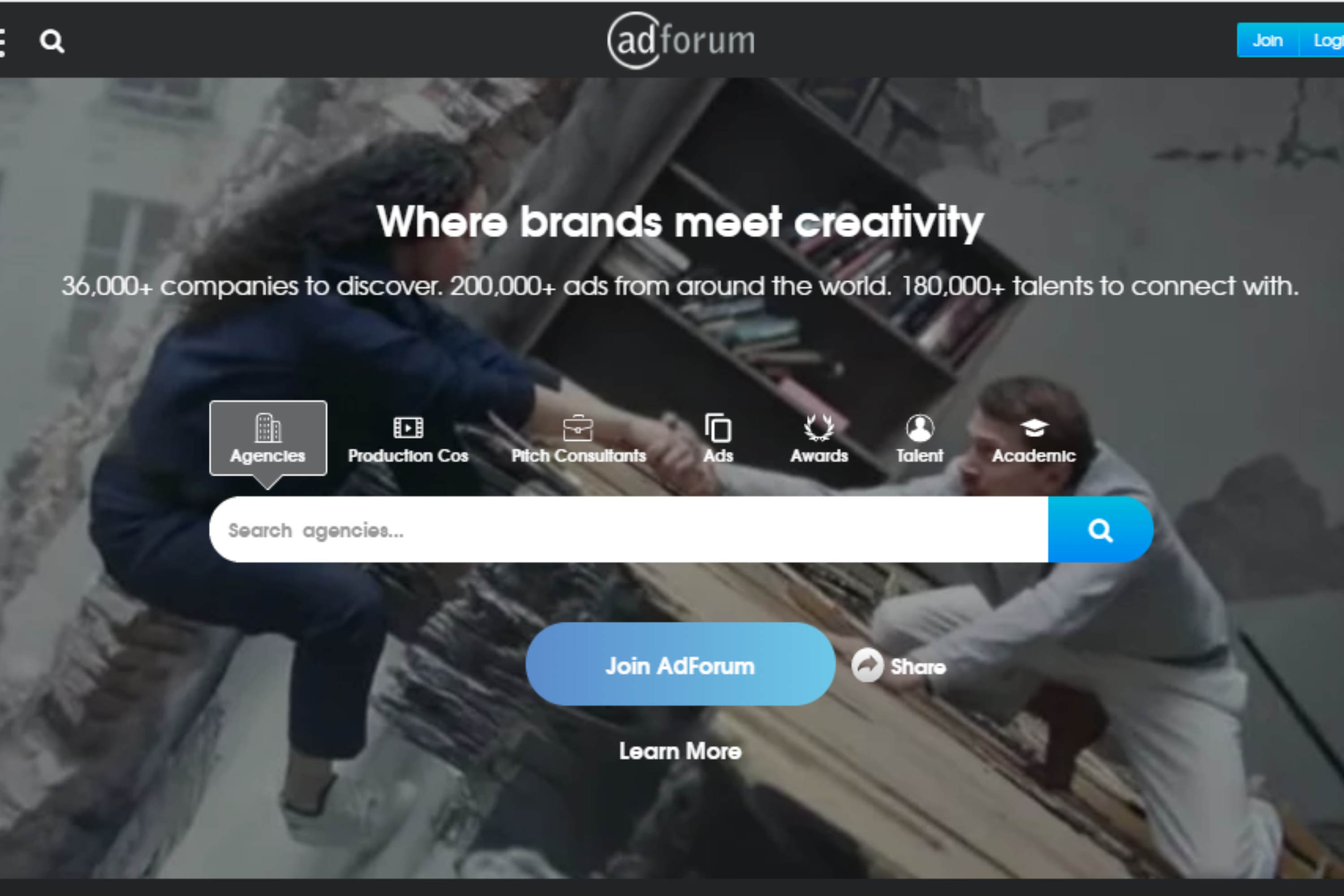
A good tool for discovering the most recently launched ad campaign from well-known brands around the world is AdForum. With the information you get about recent campaigns, you could get more inspiration in your angle creation.
Apart from learning from bigger companies in your niche, you could also learn from any previous successes you've had. Perhaps the campaign no longer exists, or the niche in which you made success is oversaturated, you could still apply your previously used angle to new campaigns.
To successfully re-imagine an angle, you'd have to ensure you totally understand what made it work initially. If you were able to generate a good amount of conversions on a campaign by writing a product review that highlighted testimonials, take some time, and closely observe the manner at which you communicated that message. You may realize a great new idea for an angle by tweaking the old one.
Integrating Your New Angles to Your Marketing Campaigns
After deciding on your angle, finding your target audience, and identifying the emotions that you can leverage, that's almost all there is to creating an engaging angle. Nevertheless, it is crucial that you know how to put your angle to good use in order to achieve conversion.
There are several approaches to using advertising angles that have been tried and tested. These approaches generate the right types of emotions and motivations in your targets to give rise to conversion. Incorporating one or more of these approaches in your advertising angle will surely give you some good results.
Here are some approaches:
- Create a sense of urgency by making users feel like they'd miss out if they don't act immediately.
- Offer an advantage such as solving a pressing problem, saving time or money, or making something easier.
- Demonstrate to your audience that there are no risks by offering free trials or samples to avoid your audience feeling unsure about your offer.
- Generate a question in the minds of your target audience, and then give them the solution to it, which ideally should be your offer.
- Once you have grabbed the attention of your audience with your headline angle, remove any potential obstacles to achieving conversion by letting them know how easy it is to get their need met immediately in just a click or a simple sign up.
Integrating one or two of these approaches in your advertising angle will ensure you never lose sight of the need to generate an emotional response in your target audience. That way, you could boost your affiliate sales and increase your profits.
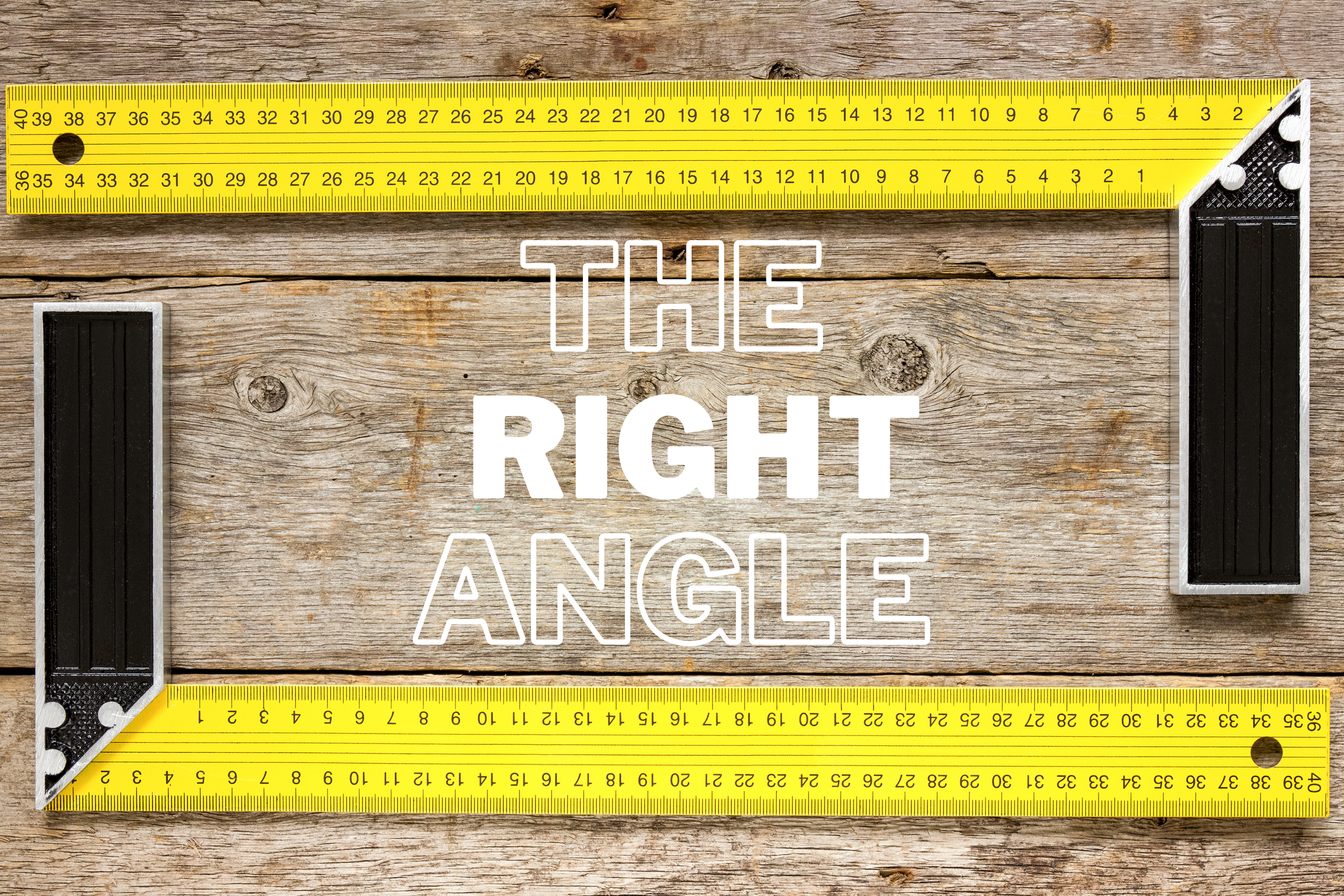
Where to Incorporate your Advertising Angle
Once you have gotten a clearer idea of what angle you intend to use, the next thing to do should be to integrate it into your text ads, banner ads, video ads, landing pages, website, or whatever creatives you intend to use for marketing.
It would be best if you created several ideas for your angle for the following elements, as it would be useful in the testing stage of this process.
-
Headlines
The main purposes of headlines are to instantly grab the attention of users and push them to click on your ad to learn more. The best way to accomplish this is by creating a headline that personally connects with users.
And so, use your headline to appeal to someone's self-interest. A few examples of great headlines that target self-interest in the weight loss niche aimed at brides-to-be are as follows:
- Make Your Dream Bride Belly a Reality
- Say I Do to Your Dream Wedding Dress
- Get Your Wedding-Ready Body With This Keto Diet
- Brides-to-be, Eliminate Belly Fat in Just 3 Months
-
Landing Page Copy
Your copy is your opportunity to really sell your angle. If you have the intent of selling the product or service, your copy should focus on the benefits of the offer rather than the features, especially when creating long-form content.
Still using the weight-loss niche for brides-to-be as an example, when creating a copy for either of the headlines above, you should communicate how the diet keto product is going to make the women look and feel on their beautiful day as a result of consuming the product.
It may be more difficult to achieve the same impact if you simply tell them the product will help them lose fat. Ensure you talk to the users and focus your message around the angle.
-
Images
Images have a great way of enhancing the potential of your angle to captivate your audience. If you're promoting your offer through ads, then images would serve as a vital component in presenting the idea behind your product to the user.
In the case of the brides-to-be angle, you will definitely have to convey the idea of getting in perfect bodily shape for a forthcoming wedding. A good idea to test out would be before and after photos of a bride getting in shape.
Another image option is one of a perfectly shaped bride, and an unhappy bride not fitting her wedding dress. This emphasizes a pain point and can somehow also cause a fear of not looking exceptional during the actual day of the wedding.
-
Call-to-action
Your call-to-action should be very simple and clear, directly telling the user what you want them to do. It's best to relate your call-to-action to your angle and avoid using vague words like 'Order Now' or 'Click Here.'
A call-to-action that reads 'Get Your Dream Bride Belly Now' or 'Start the transformation now,' would be more relatable to the audience's problem and thereby, more effective.
The CTA is your final chance to compel the user to convert, so it's essential to be direct while still being relatable. You could come up with several calls-to-action for your angle that you will test.
Testing your Advertising Angle
Testing is probably the most crucial aspect of the angle development process. It is extremely important to determine if your angle is good enough to produce the results you desire before investing all your time and effort into promoting it.
After coming up with several creative elements for testing, at this point, you have to put them to use.
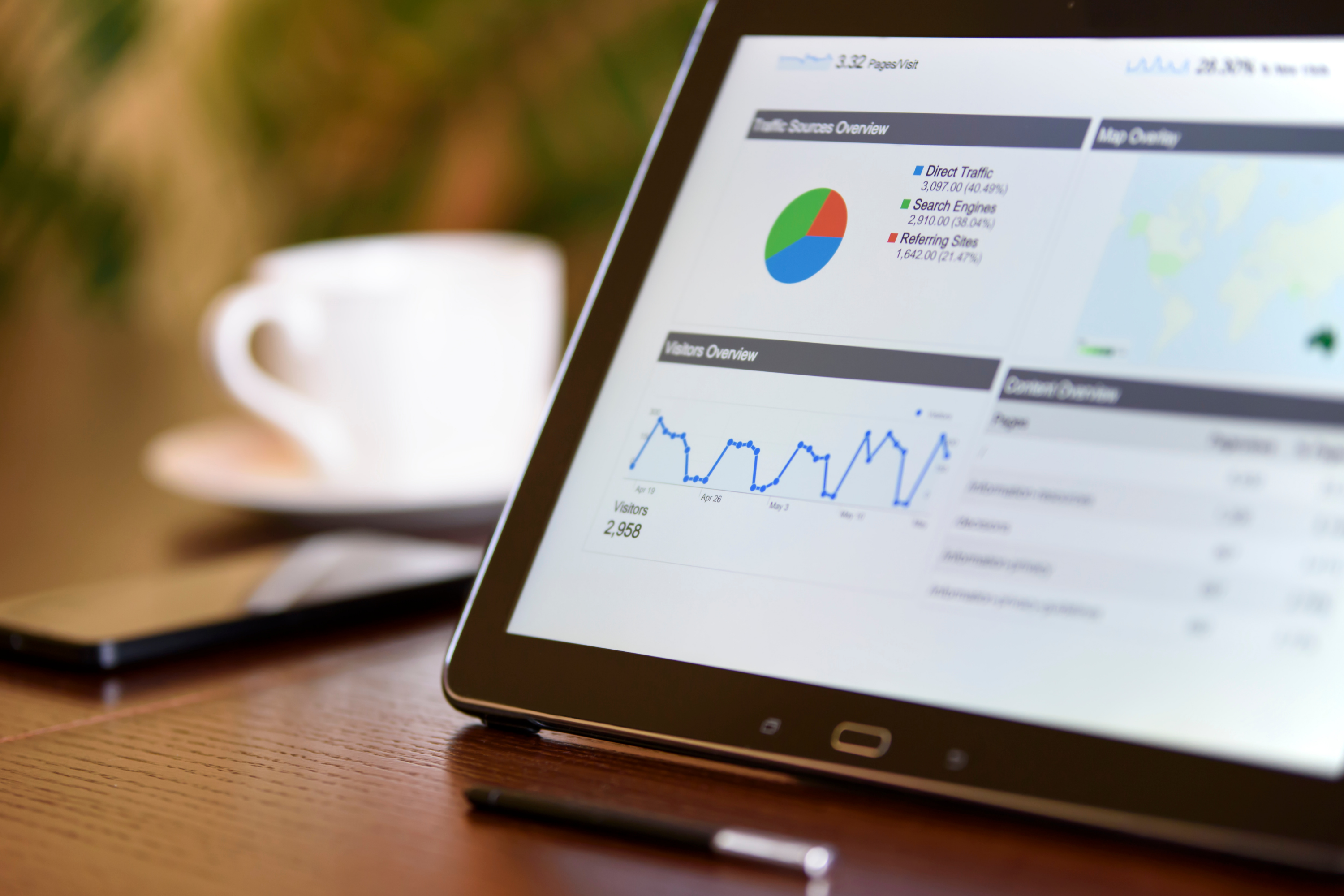
For instance, if you decide to use native advertising for your marketing campaign, you should create several ads that all present your chosen angle in different ways.
Test them all and see which achieves a higher click-through rate. Below is a list of things you should consider testing:
- Headlines
- The imagery on your ads and landing page where applicable
- Which will be more successful for your campaign between direct linking and using a landing page
- Try running a different campaign in the same niche and observe the outcome
- Test a different traffic source from the one you intend to use
- Adjust your targeting parameters and test them
- Test the bidding on different keywords
Effective split-testing is important as it gives you an idea of what will work and what will not. Testing is an important task required in all aspects of marketing as it can help you find the advertising angle that produces the best conversion rate.
For managing multiple native advertising campaigns, use Brax as this platform can help you set-up, monitor, and optimize all your ads, even from different traffic providers. If you sign up now, you can take advantage of a 15-day free trial.
14 Types of Marketing Angles You Can Try
The right marketing angle can make a huge difference when convincing users to accept your offer. Below are engaging concepts that you can employ in creating the perfect angle for your offer.
These angles have been successfully tried by many marketers around the globe and are sure to give you good results. You can pick one of the following advertising angles and use that as a starting point when creating ideas for your offer campaigns:
1. The How-To Technique
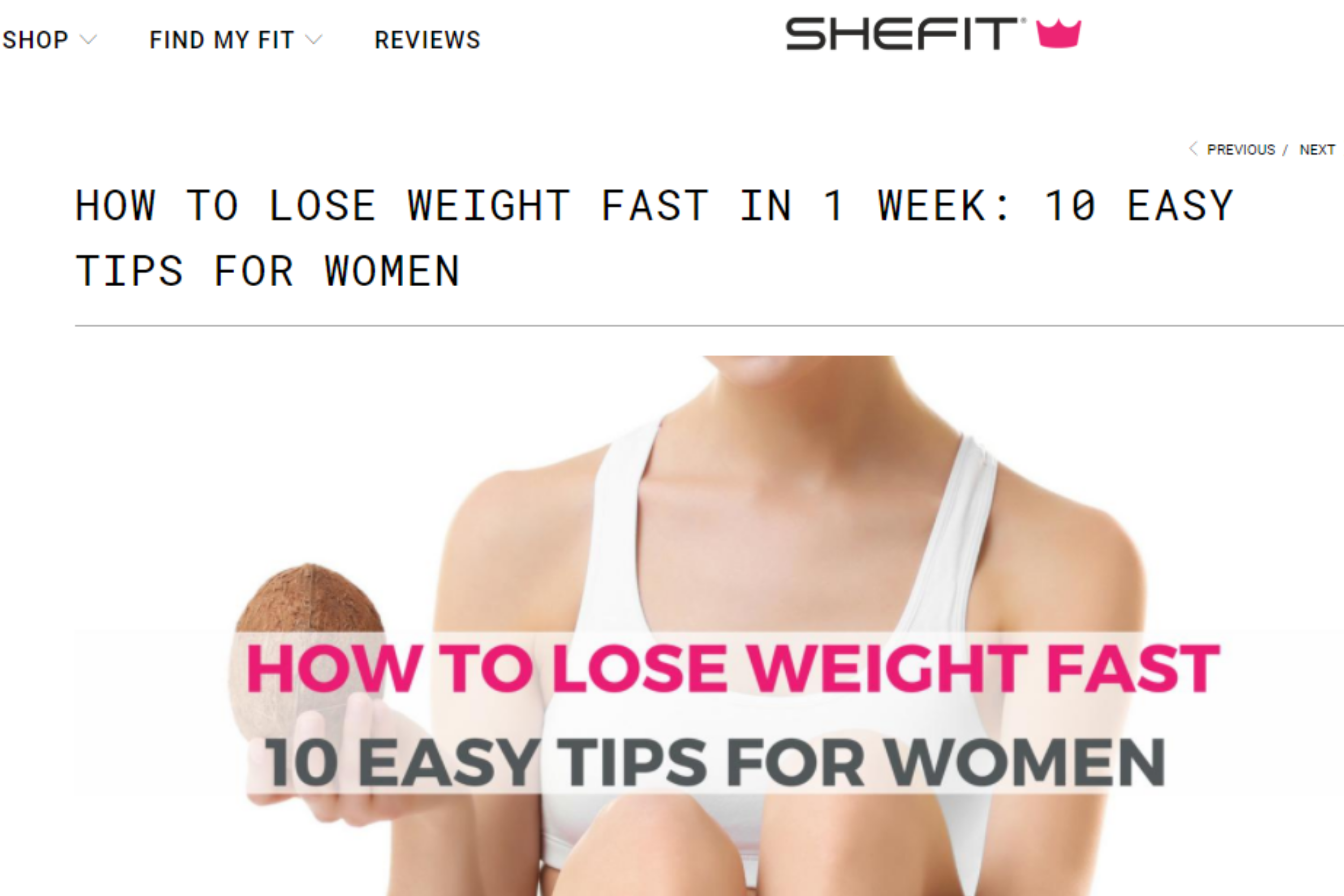
One of the most common types of advertising angles is the How-To technique. This concept often works perfectly well in both content marketing and affiliate marketing, because it helps users to solve a problem.
A significant percentage of people who need solutions to issues search for topics that begin with 'How to' on popular search engines. This is because people want fast answers to their questions, and the How-To concept not only gives quick solutions, but it also does so with steps that are easier to assimilate.
When promoting an offer, you could make use of the How-To angle to capture the attention of your audience and give them insight into how your offer can help them.
When using this angle, it is important to avoid broad explanations as some people don't like them. They often prefer something more calculated and straightforward. The key to success in using this angle is to speak in a language the audience can relate with.
After researching your audience and finding out what they want, use an angle that offers a solution. Here are some examples:
- How to earn money from blogging
- How to get more traffic using Pinterest
- How to install a solar power system in your home
The most important part about using this angle is by appearing as an expert on the topic. To do so, you must be able to explain complicated concepts using simpler terms, gathering your ideas cohesively, and providing examples.
2. The Positive Minus Negative Method
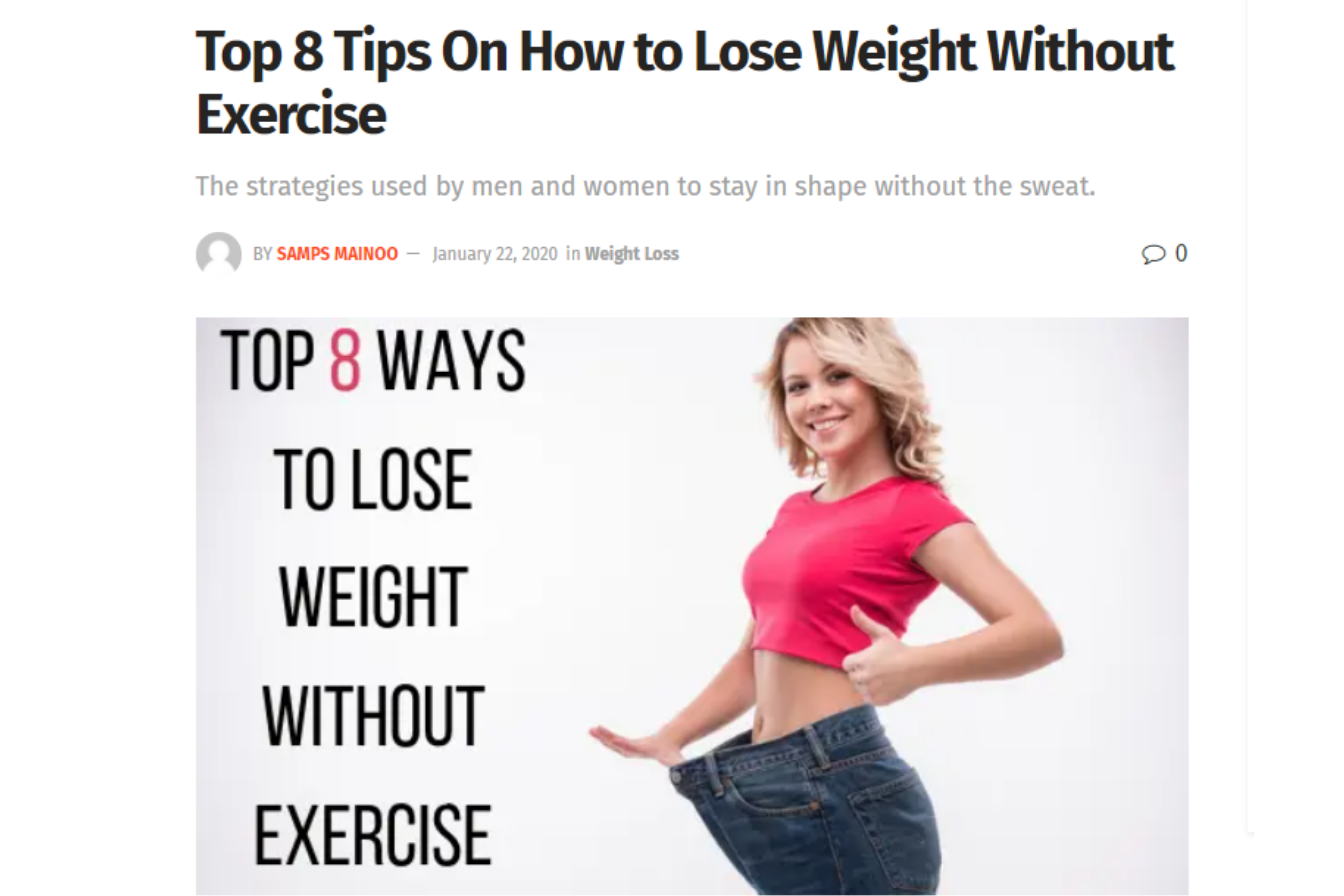
This technique is similar to the How-to approach as they both have the same basic concepts of solving the problem of the audience. However, the Positive Minus Negative technique is different in such a way that it involves offering your target audience something they would want while removing the pain points they may come across.
It often requires more effort than the how-to technique since you'll need to gain enough knowledge of what your targets want to gain and what they want to lose. What a customer wants to gain is something beneficial, and what he wants to lose or keep away from is a pain point.
The main idea is to think of something attractive to your audiences while removing the undesirables, hence the name positive minus negative. If you're using this angle, here's what it could look like:
- How to lose weight without going to the gym
- How to make money without paying anything
- How to reduce stomach pain without taking pills
As you would notice, you don’t necessarily need to be an expert on the topic to get your audience to believe you. It’s the benefits of the offer that matters.
3. ‘The Secret' Advertising Angle
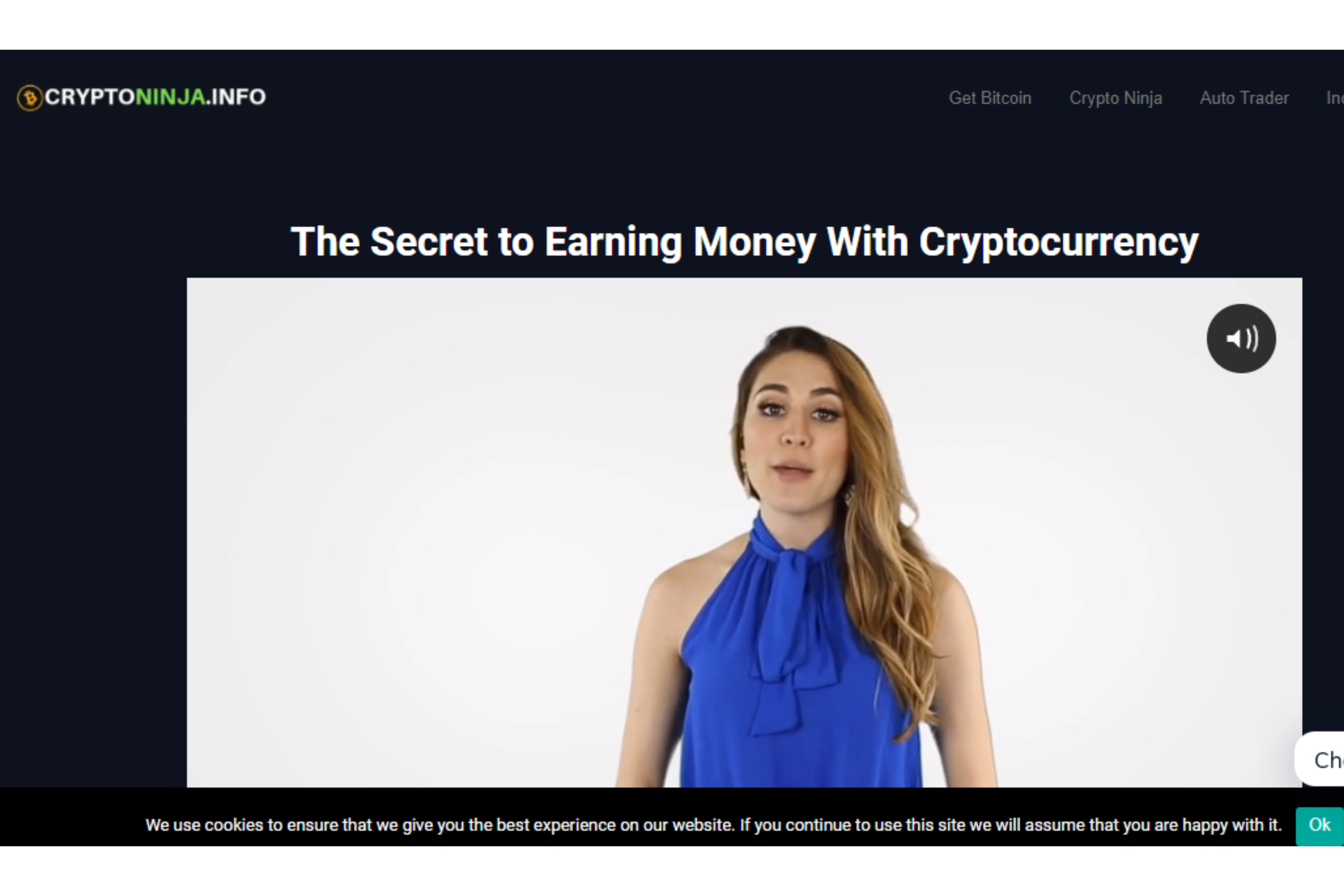 Everybody has that desire to learn something, or at least not be left out in the dark. People want to know what's new around them and what they're missing out on. This advertising angle helps you take advantage of that curiosity.
Everybody has that desire to learn something, or at least not be left out in the dark. People want to know what's new around them and what they're missing out on. This advertising angle helps you take advantage of that curiosity.
If you want to use this angle, you have to make your adverts look intriguing and interesting enough to get their attention. The goal of this is to make your targets contemplate what they would miss out on if they don't view your ad. It will feel like an itch needing to be scratched.
This is an easy angle that has been used for many years. The only challenge you may face is figuring out what will make your targets tick. Here is what this angle looks like:
- The secret to your success in network marketing
- Seven secrets of consistent forex profits
- This simple tip helped this company gain hundreds of contacts from Fortune 500 companies
You don’t actually need to mention the word secret. The key here is to leave something unsaid in your headline, with the rest of the information available on your landing page.
4. Solution Steps Angle
 Every day, people search for ways and means of solving the problems they face. A good amount of people look to the internet for a solution, and this is where the Solution Steps advertising angle comes in handy.
Every day, people search for ways and means of solving the problems they face. A good amount of people look to the internet for a solution, and this is where the Solution Steps advertising angle comes in handy.
Using this angle means providing simple and clear steps that solve any problem your potential customers have or that helps them find what they are looking for. The challenging aspect of this advertising technique is predicting what problems your targets may need solutions to or what they want to achieve.
The Solution Steps Angle often depends on the niche you are specializing in. An entrepreneur can reach out to other aspiring entrepreneurs using this angle concept.
Depending on your field, here is what your ad angle could look like:
- Ten steps to becoming a successful entrepreneur
- Five steps for creating a killer lead generation process
- Learn how to play the piano with these eight incredibly easy steps
With this technique, you would notice that attaching a number is important. Simply saying ‘easy steps’ without mentioning exactly how many steps there are can make your audience suspicious.
5. Poignant Questions Technique
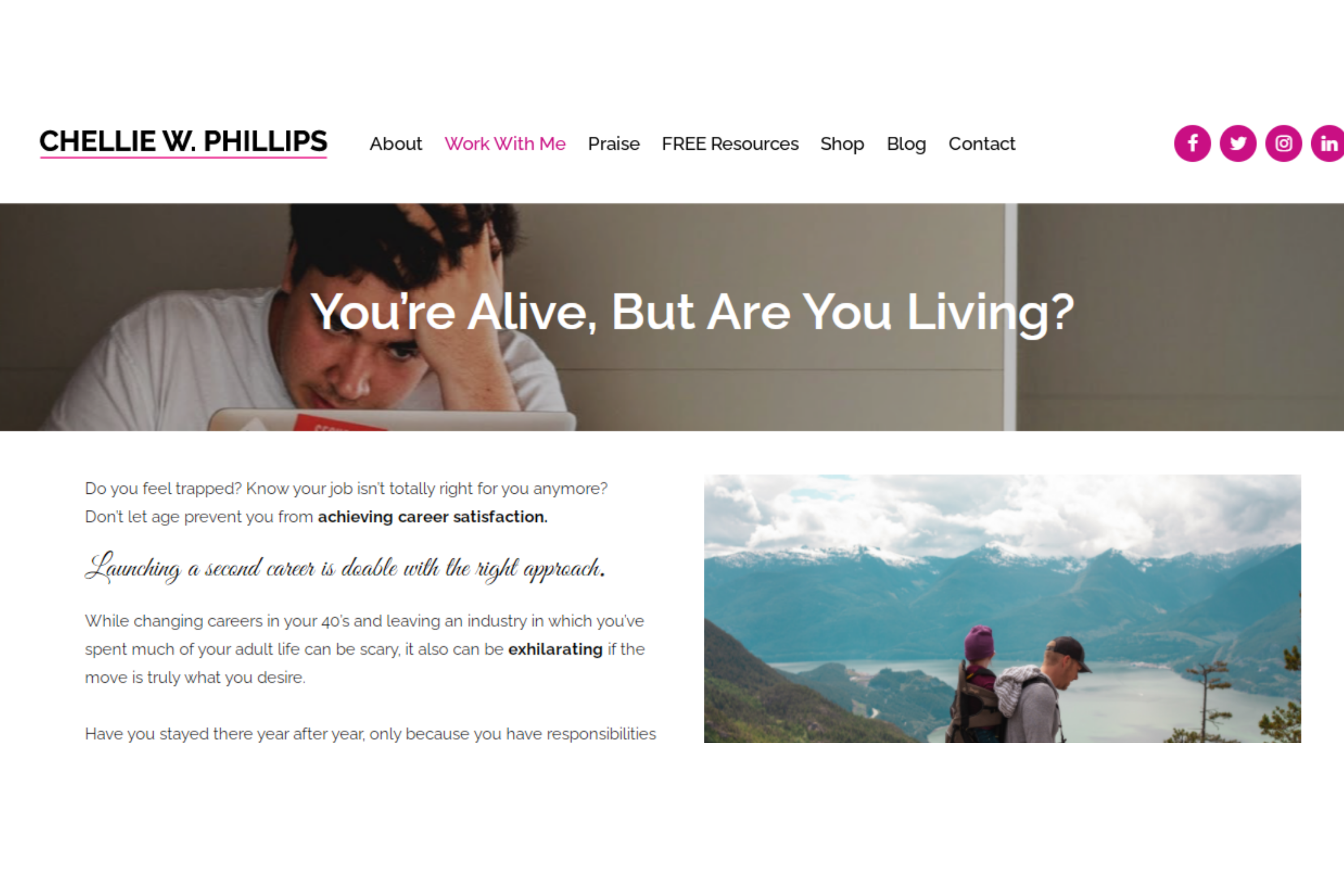
With this technique, the goal is to appeal to the targets using their own interests. Although you would influence it, your targets would still be able to come to their own conclusion. It's a client-focused angle that works for any industry.
A poignant question is one that evokes deep feelings of regret, sadness, or longing. You will be pressing a pain point here. Use your audience’s emotions as leverage.
For this angle, just like most others, it is very crucial that you understand your target market to be able to grab their attention. The Poignant Questions technique allows you to be controversial, but always remember to keep the focus on your targets.
Here's an example of what the angle should look like:
- With this much competition, can you still become successful?
- Do you wish to lose weight quickly without any gym memberships or pills?
- Do you want to make money without working your ass off every day?
If you would notice in the examples, we didn’t just say ‘do you want to get rich’ or ‘do you want to lose weight’. We backed it up with something the target audience can easily relate to, making it highly effective.
6. Acknowledging Skeptics Angle
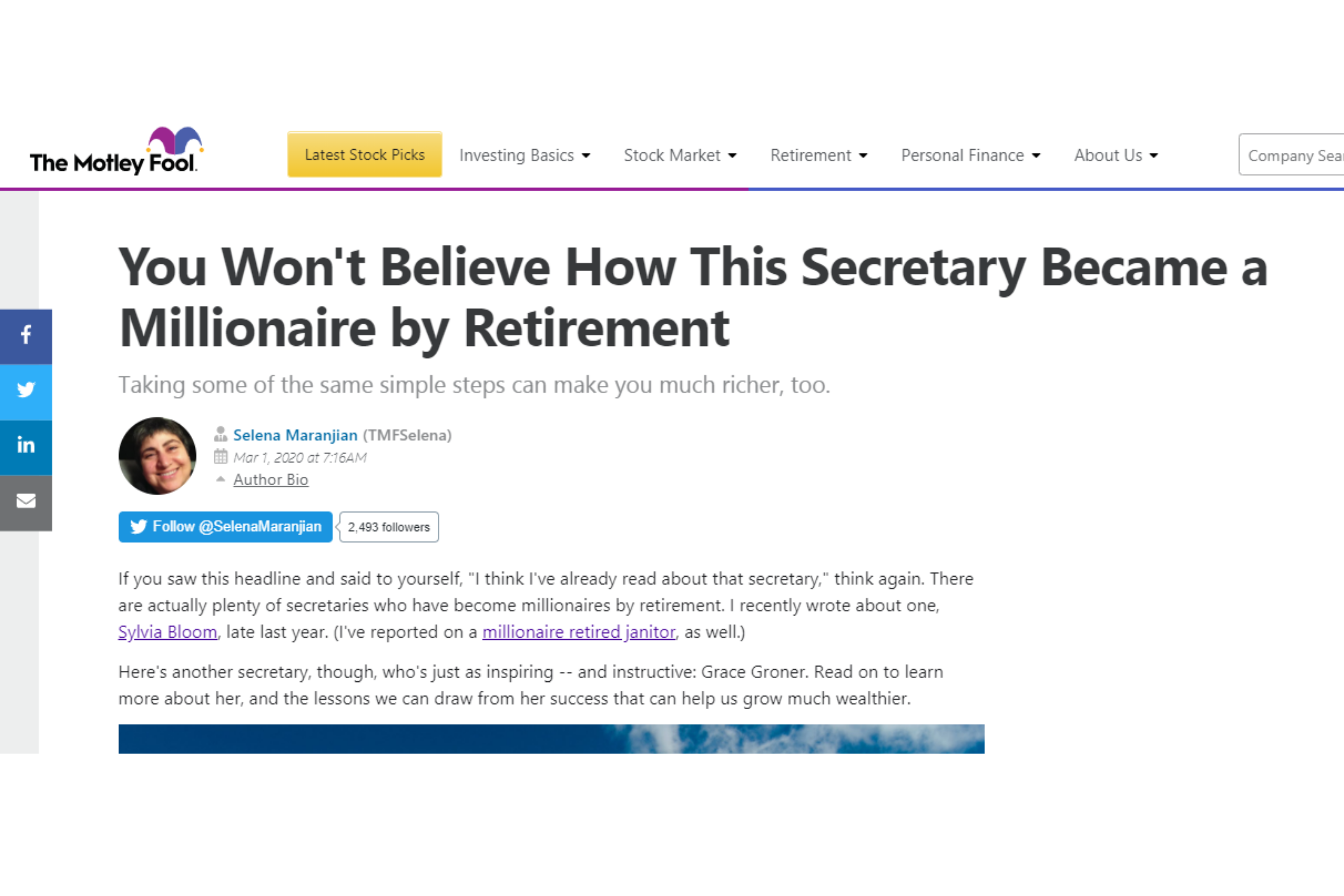
Since we all know people are often skeptical, you could leverage this by acknowledging that fact at the beginning of your angle.
Your audience will trust you more when you acknowledge how they feel and would eventually become less doubtful. This advertising angle method works best when you already have a warm audience.
The goal is to get ahead of their skepticism and criticism, then tell a story around it. Here's how you can use it:
- Larry Said He Didn't Believe I Could Really Get Him Leads Until...
- They Said I Didn't Know What I Was Doing, Well They Were Wrong
- Jane Said No Optrician Could Fix Here Eyes Until...
7. Use of Stories
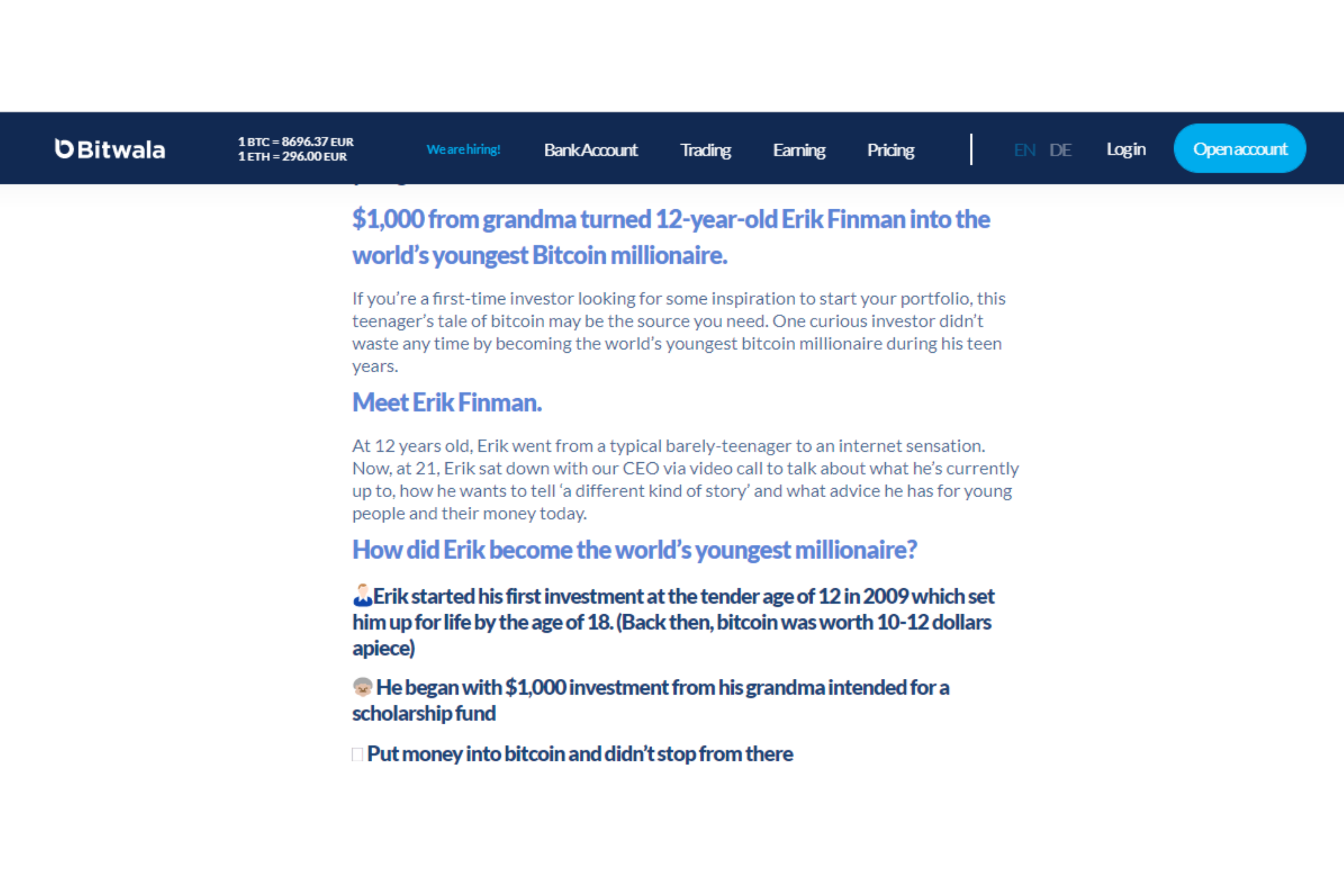
This angle technique leverages the love people have for stories. If you have a good knowledge of your ideal customer, you will be able to tell what they're possibly going through precisely.
This is where you can easily use the Life Force 8 principle. The use of stories is very evident in Advertorials.
You can build a story around their likely problems, capturing them so well that your readers would feel like they are the characters in the story. After all, what makes an ad persuasive enough is how well it resonates with your customers.
For this angle to work, it’s extremely necessary that you know about your clients well. This is very effective as long-form content. With a long piece, your audience will be able to acknowledge that you understand how they feel and what they're going through.
Examples of how to use this angle are as follows:
- My Family Didn't Believe I Could Make It Until I Was Able To Buy A Home With The Help Of This Tool
- The Bank Was About to Close In On My Home, The Look In My Child's Eyes Broke My Heart, But Then I Stumbled Upon this Mortgage Solution
- 35-Year Old College Drop Out Was Almost Homeless Until He Found This Epic Side Hustle
The key here is to use some information about your demographics. As you would notice in the examples, we know that the target market is (1) someone who couldn’t afford to buy a home before, (2) someone who needed a mortgage, (3) someone who is middle-aged and haven’t finished school.
By incorporating some details about your target market, you can easily connect with them because they would feel like you are talking to them (like an act of divine providence).
8. ‘What You're Doing Is Wrong’ Angle
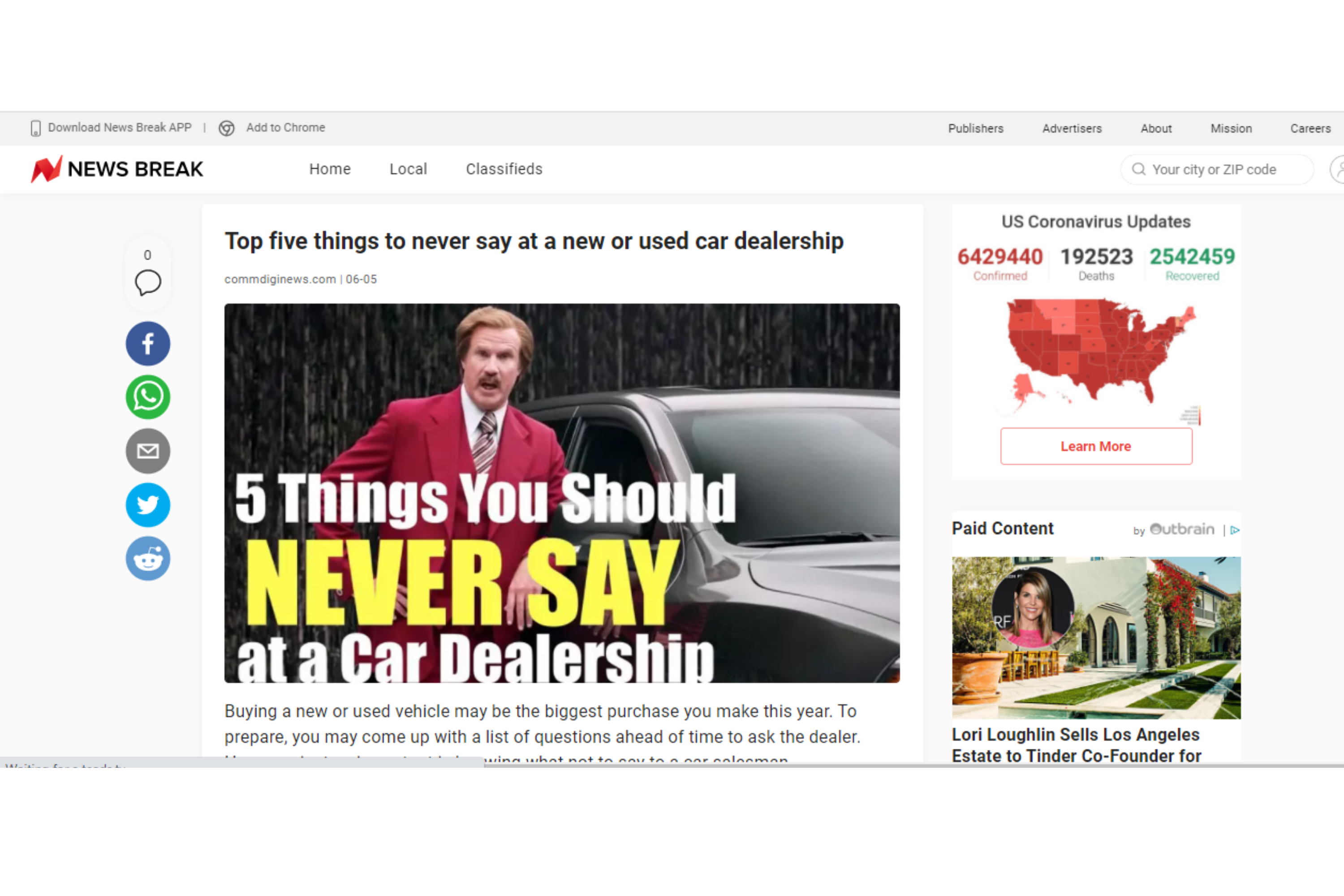
This type of angle is used primarily to destroy any beliefs your prospects may have had in the past. It can be very powerful when used accurately because don’t like being proven wrong.
Examples of how to use this angle are as follows:
- Five Things You Should Never Say To A Man
- Why Cold Prospecting Will Not Get You the Right Customers
- The One Thing You Should Never Mention During A Sales Calls
If you look at it closely, this is actually just the “How-To” Technique used in the opposite direction. Here, you are teaching them what not to do.
9. Use of Controversy
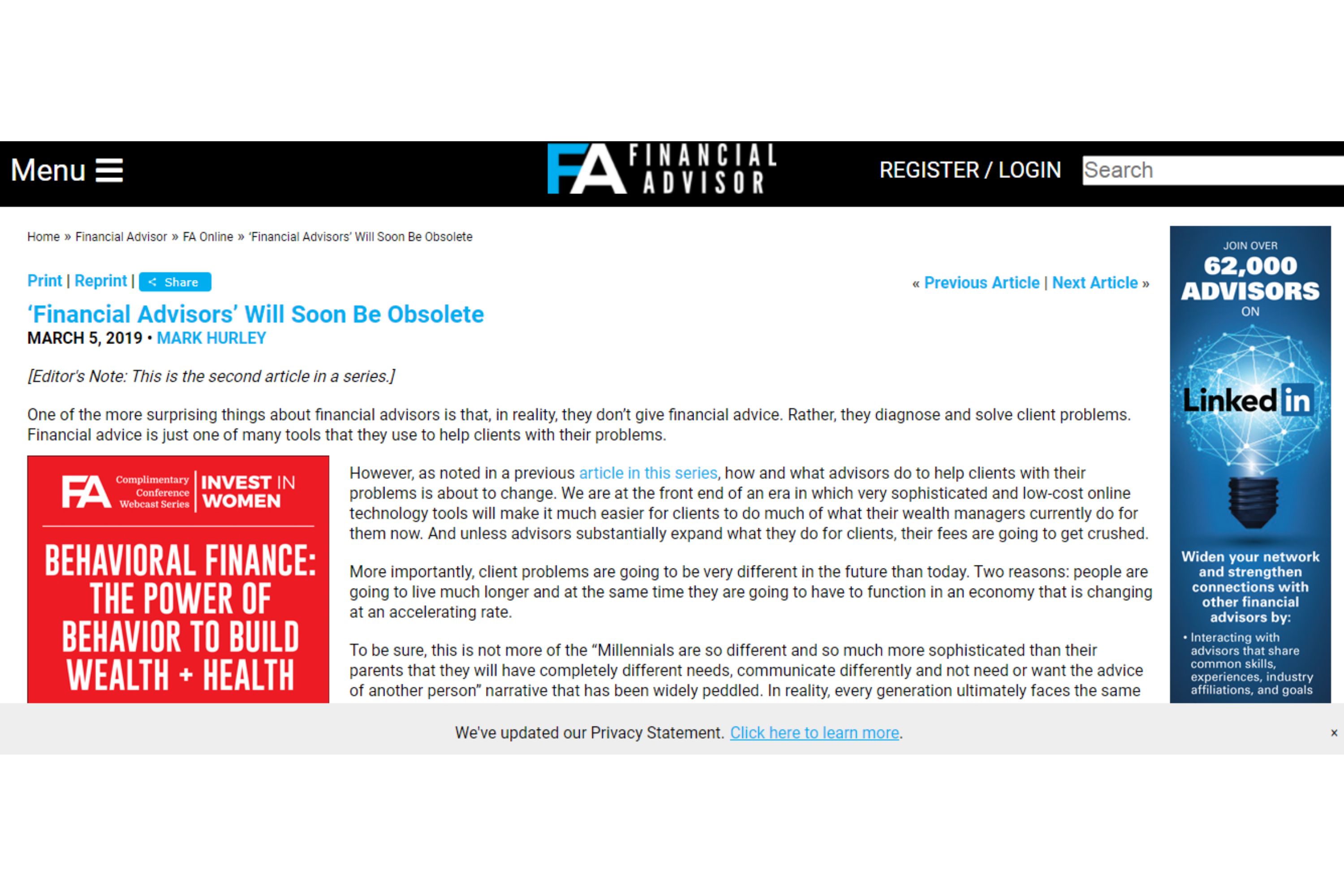
Using controversy in your angle drives users to wonder what you mean and stirs up some drama. As a general rule, audiences have an emotional reaction to your controversial statement, leading them to want to find out more.
This style is meant to shock at the onset and is typically backed up with the ‘Story’ Technique or the ‘Solution Steps’ Technique.
Here's what this advertising angle method looks like:
- Financial Advisors Are Becoming Obsolete
- Why I Stopped Buying From Amazon
You can make something more controversial by dropping the names of brands that your customer is already familiar with.
10. Debunking a Hoax/Myth Angle
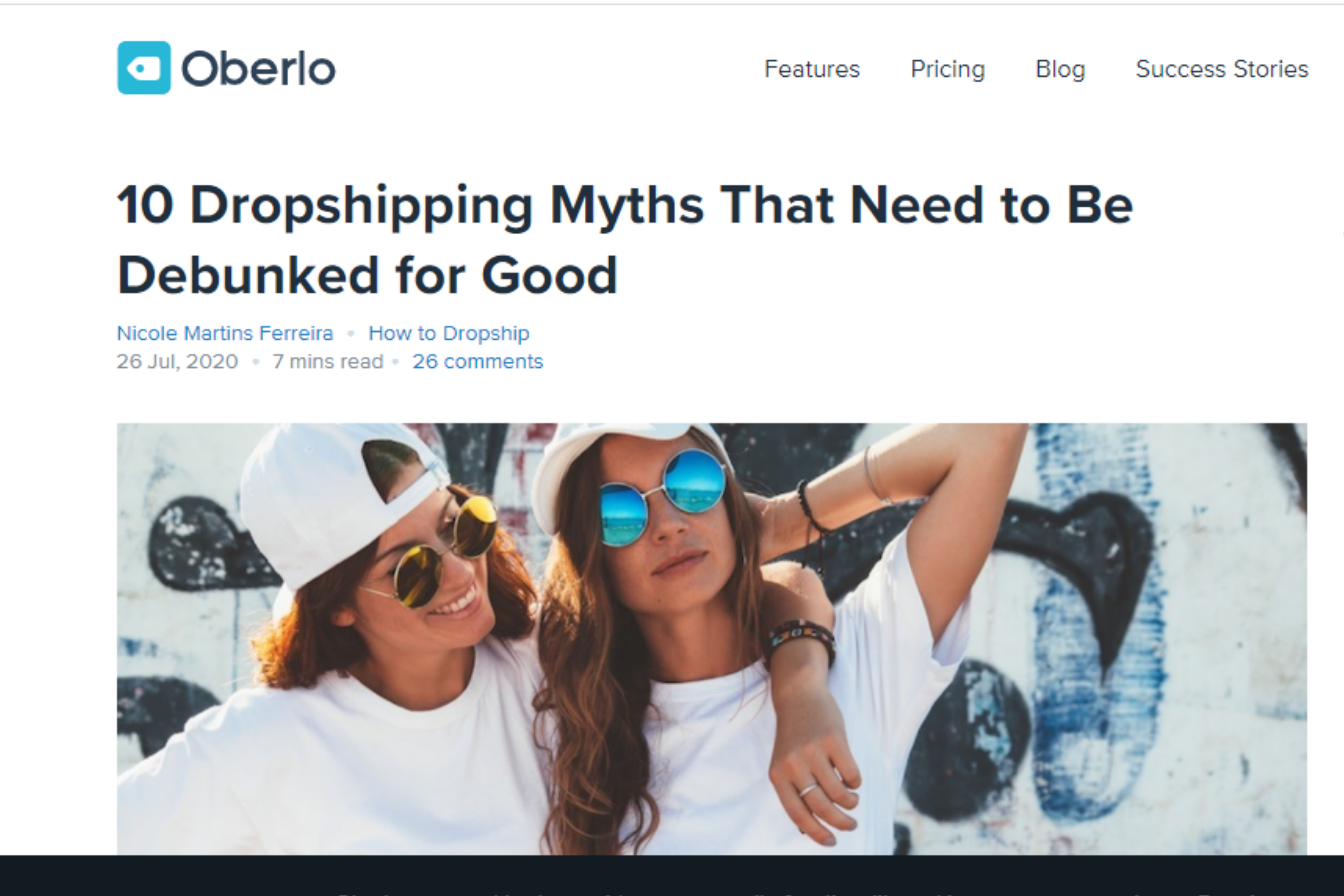
This advertising technique is an excellent way to get your customers to accept your brand. This concept is a bit similar to the controversial technique because it also stirs drama in some sort of way. It is like a combination of the Controversy technique and other angles such as ‘What You’re Doing is Wrong’ and Stories.
Good examples of how to implement this angle are as follows:
- Stop Waiting For Referrals! Watch This Clip To See Us Debunk This Technique
- The Great Dropshipping Hoax
You need to be careful to not sound clickbait-y when using this technique. Many advertising platforms frown upon that style of content. This can still be done if you are careful with your wording, if you can back your content up with facts, and if you can follow-through with your statements.
11. The Breakthrough Angle
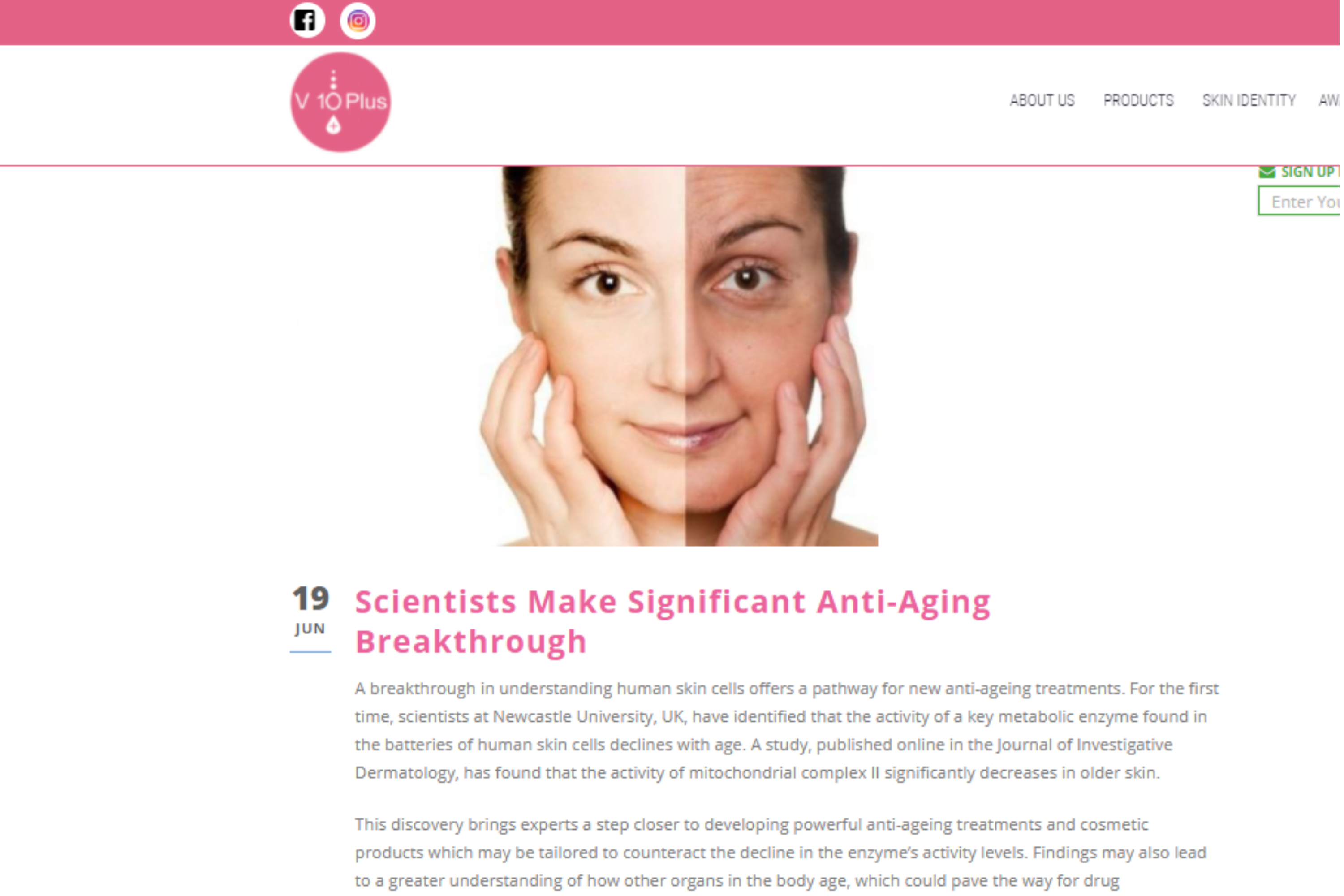
This technique can help you re-engage an audience you have already established familiarity with in the past. It can also be used on cold traffic as long as your headline is tailored correctly to your targets.
Examples include:
- This Is Amazing, I've Just Discovered A Powerful Way To Triple Sales
- Top Business Owners Make Use Of This Breakthrough Methods To Attract New Clients
- This Latest Discovery Can Make You Look Younger Without Surgery
The key to this angle is providing something shocking, yet never before seen (at least not in the way you presented it). It is also usually positioned as if something too hard to do or get before can now be done easily.
12. Made-Easy Technique
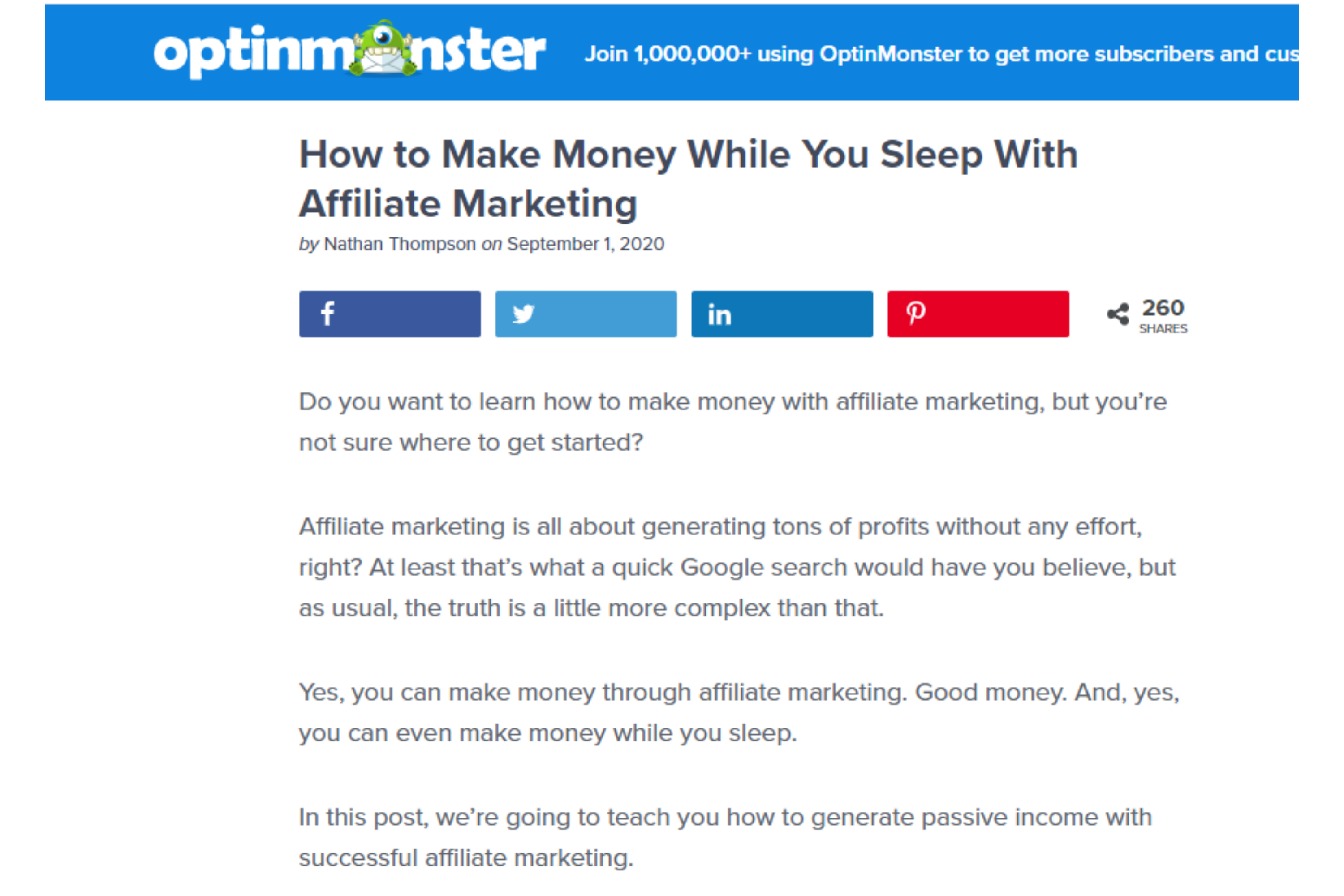 Who doesn't like easy? Nobody wants a harder way to achieve something, especially not if there is an easier solution out there that will produce the same results or even better. Luckily, this advertising angle concept is the simplest to integrate into your campaign.
Who doesn't like easy? Nobody wants a harder way to achieve something, especially not if there is an easier solution out there that will produce the same results or even better. Luckily, this advertising angle concept is the simplest to integrate into your campaign.
While it doesn't necessarily have to be very obvious, you should always let the audience perceive your offer as an easy option. Always communicate how easy it is to use your product or service. Examples are as follows:
- Affiliate Marketing Made Easy
- Create A Professional Business Card For Your Company In Minutes
- Learn How To Build A Website… Zero Code Or Design Skills Required
This technique can be combined with others, such as the Solutions Steps method. For example
- 5 Quick Steps to Getting that Beach Body
13. Save Time Angle
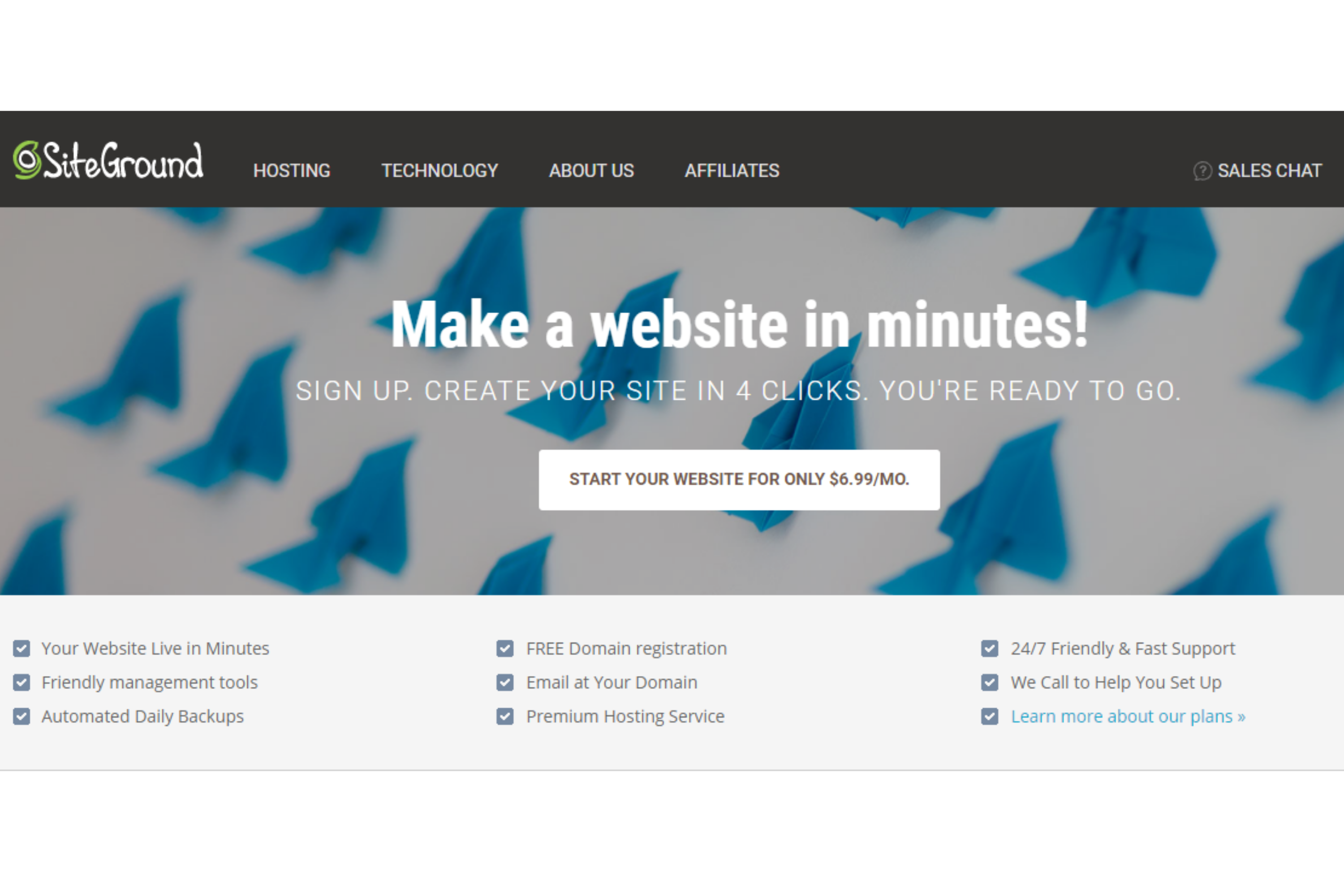
Due to how fast-paced our lifestyle is these days, people greatly value their time. If your product or service is one that helps to save time or money in some way, do not hesitate to include that in your advertising angle.
Although this can work for any niche, this has been proven to be very effective for business niches as people in this field don’t like wasting time.
For example, if your offer is a website or landing page builder, you can make emphasis on the time-saving advantages of the platform by using angles such as the following:
- Launch Your Website In Just 7 Minutes
- Don't Waste Time Learning Coding, Build A Superb Website Today With our Easy Drag-And-Drop Builder
Again, this method can also be integrated into other aforementioned ones. For example
- 5 Quick Steps to Getting that Beach Body in Just 12 Days
14. Save, Earn or Get Free Money
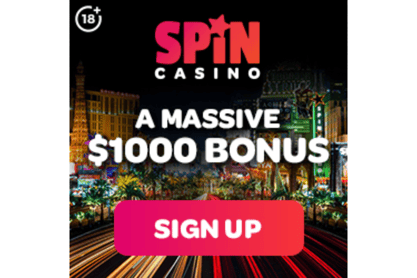 Money is just as important as the time for most individuals. This technique is actually two-fold. If the angle you are going for is to save money, it can be enticing no matter how small the amount. If the angle you are focusing on is to earn money, it should be big enough to encourage a click!
Money is just as important as the time for most individuals. This technique is actually two-fold. If the angle you are going for is to save money, it can be enticing no matter how small the amount. If the angle you are focusing on is to earn money, it should be big enough to encourage a click!
This is because “earning” money requires effort, hence there is already a barrier that your audience needs to overcome. To “jump” over this barrier, your offer should be so enticing that they can’t say no.
Saving money can work with almost any product while earning or getting free money can be limited to just a few niches. The latter can be used for surveys, work from home offers, lottery, casino, Bitcoin offers, and the like.
The save money method is useful for products or services that offer free trials, discounted subscriptions, coupon code offers, and more.
Good examples are as follows:
- 20 Minutes Could Save You 20% Or More On House Insurance
- Don't Pay More Than a Quarter To Make a Phone Call! Here’s How
- Lose Weight in 30 Days for Just $1
- Get Free $200 When You Sign Up Today
CONCLUSION
Advertising angles play a key role in determining how well your marketing campaign resonates with the audience. This can be achieved with the right hook and results in getting a combination of high click-thru-rate and equally high conversion rates.
The best advertising angles leverage human emotions to compel them to take action on marketing offers. While knowledge and experience in psychology always help in achieving great marketing success through angles, this article gives enough knowledge into the fundamentals of creating and using these angles to get the best out of your marketing campaign.
You don't have to incorporate all the given strategies in your advertising angle creation process, but as long as you make use of a few that go in line with what you're offering, you will surely achieve success.
If you’re tired of jumping from one platform to another when managing your native ads campaigns and want to stop worrying whether you optimized correctly, you should sign up for Brax. Get a 15-day free trial if you sign-up today.
Download this free eBook to refer back to later!
